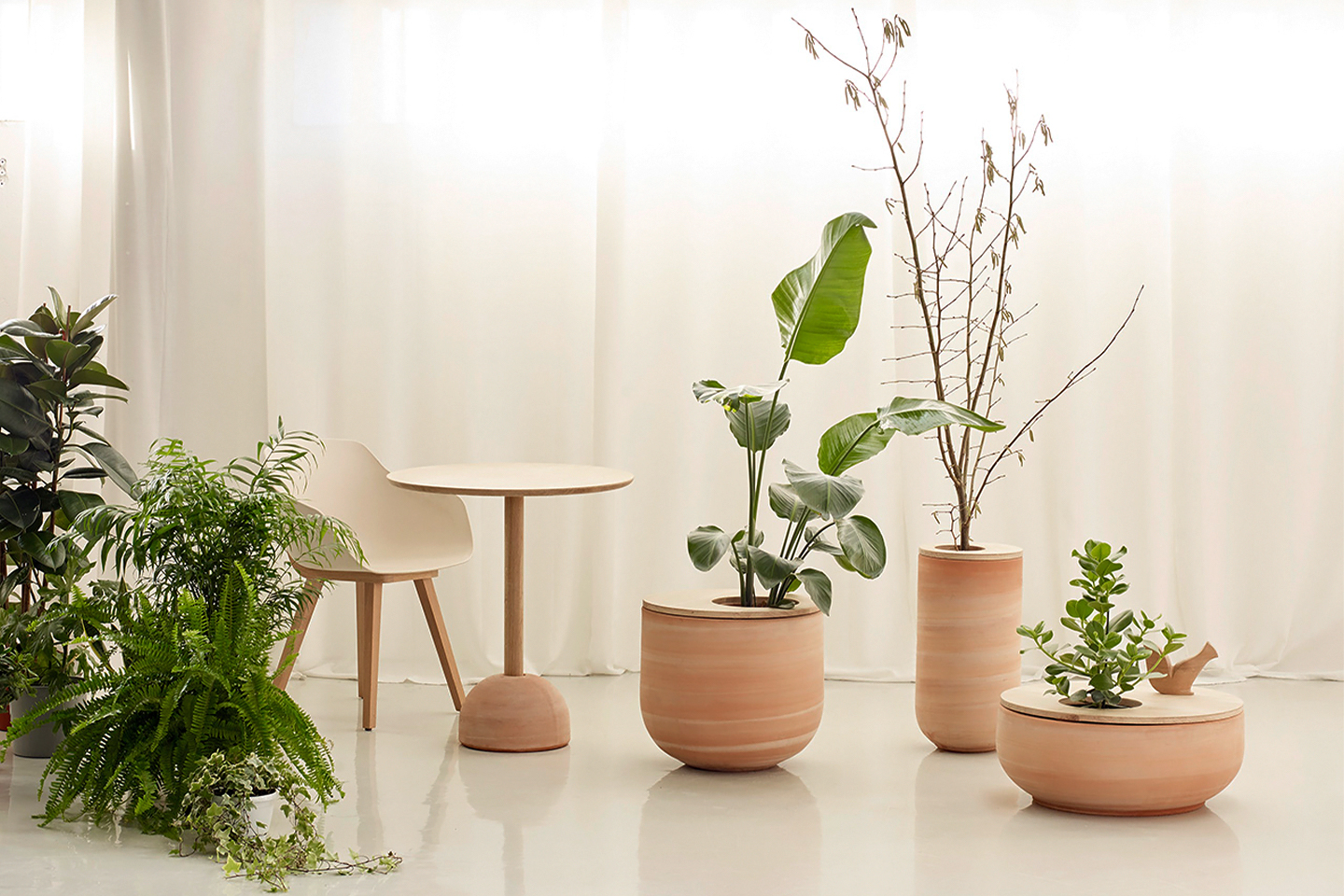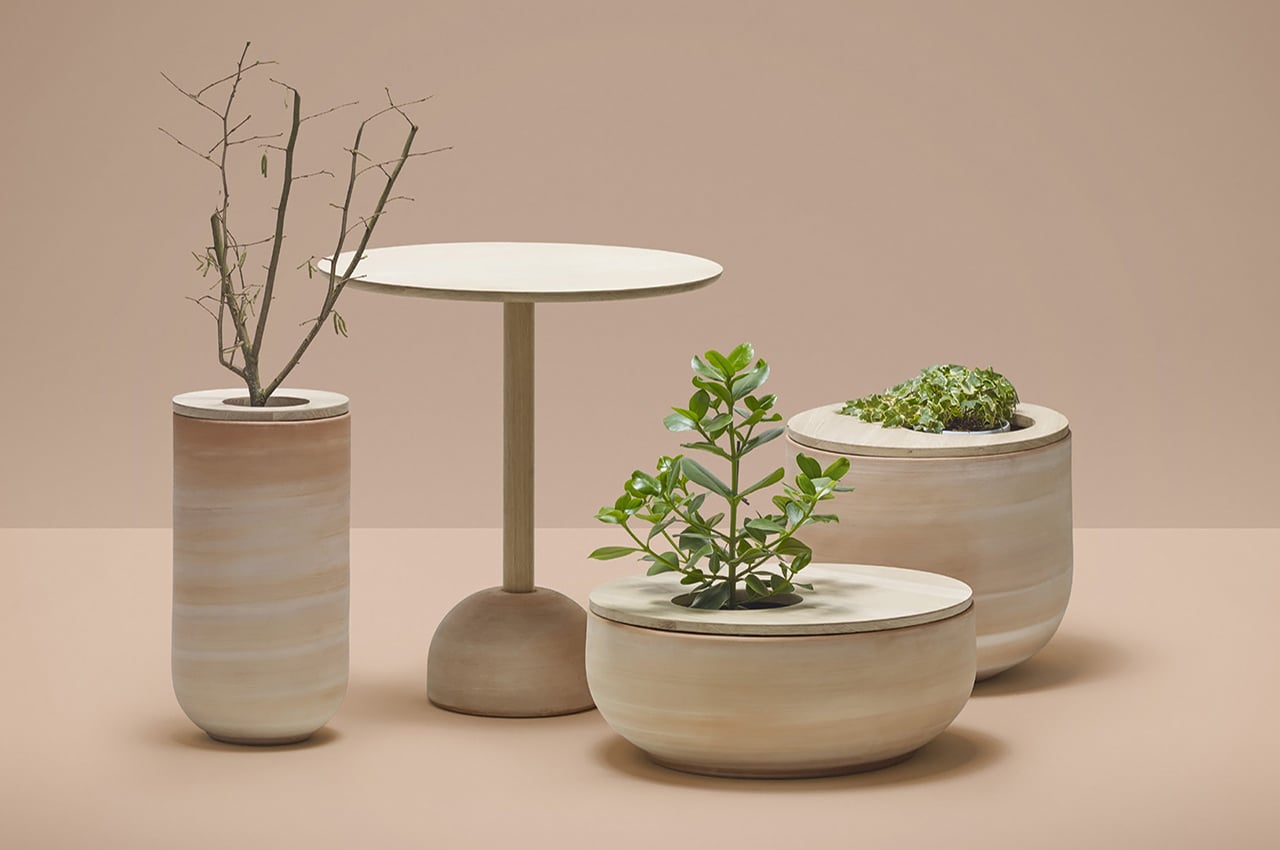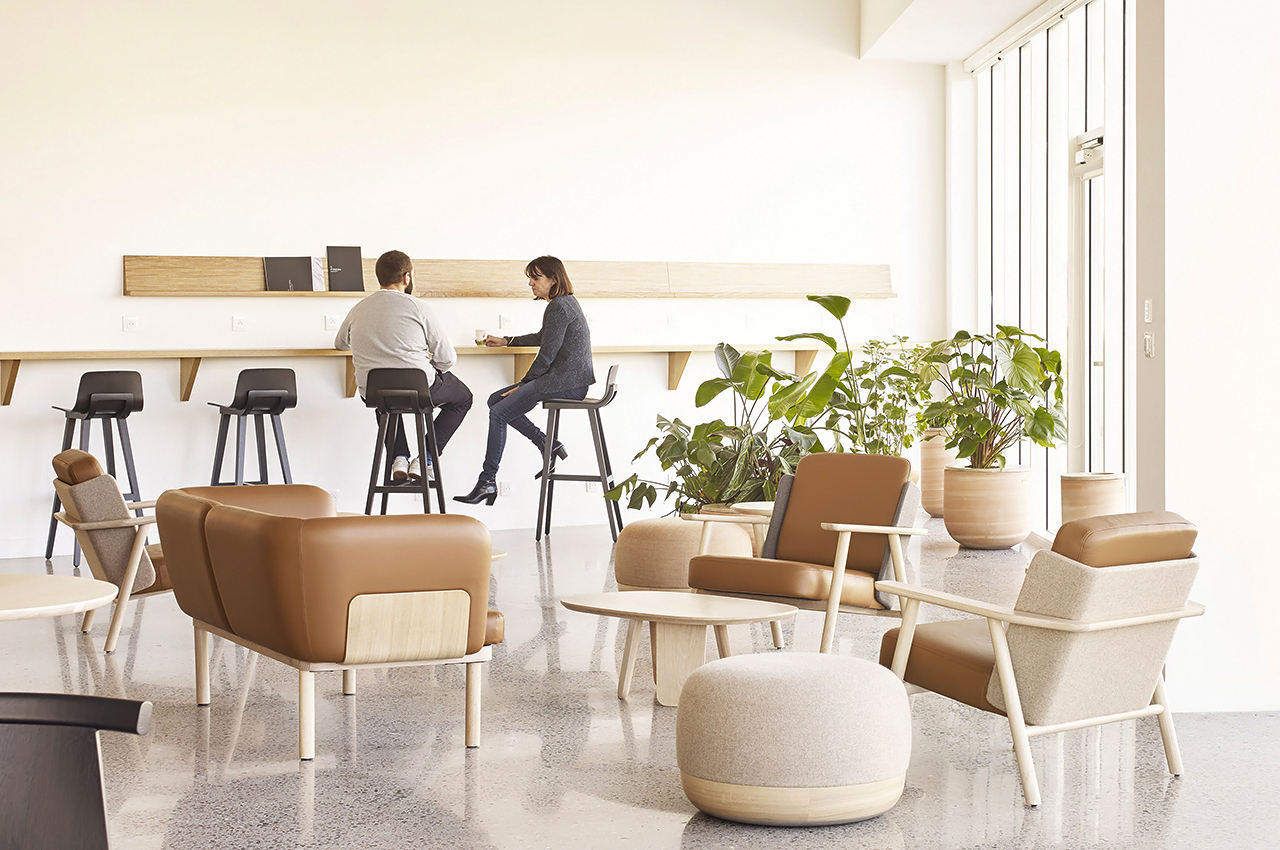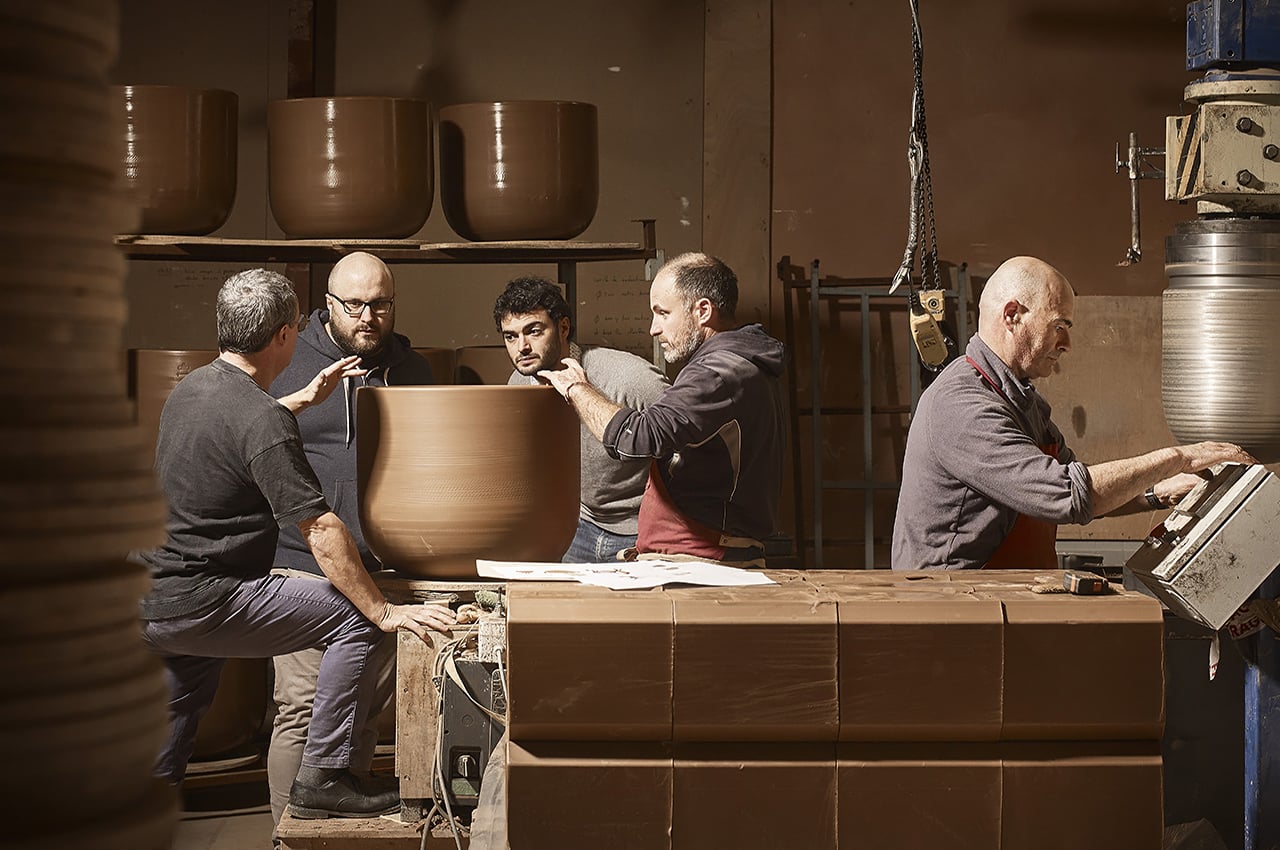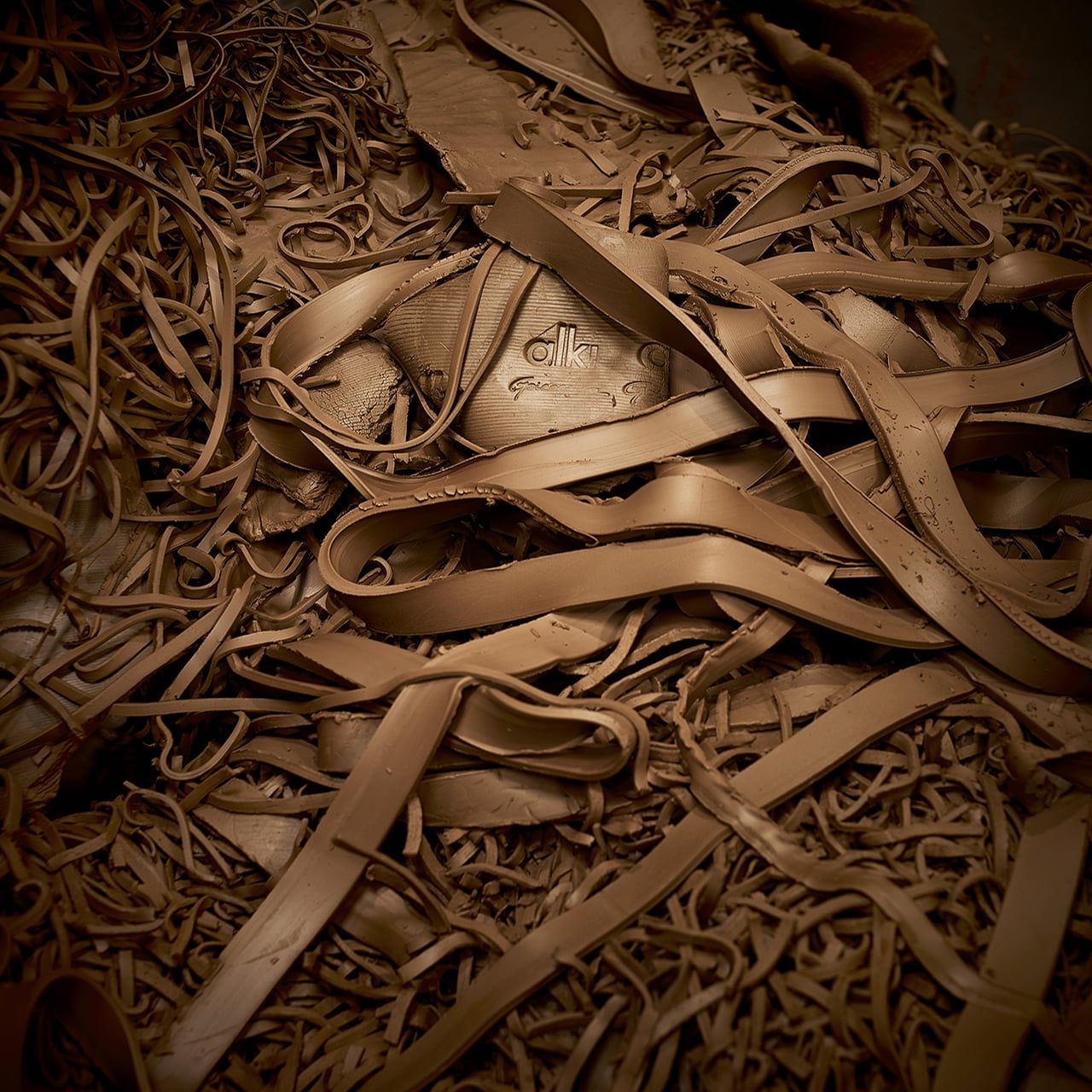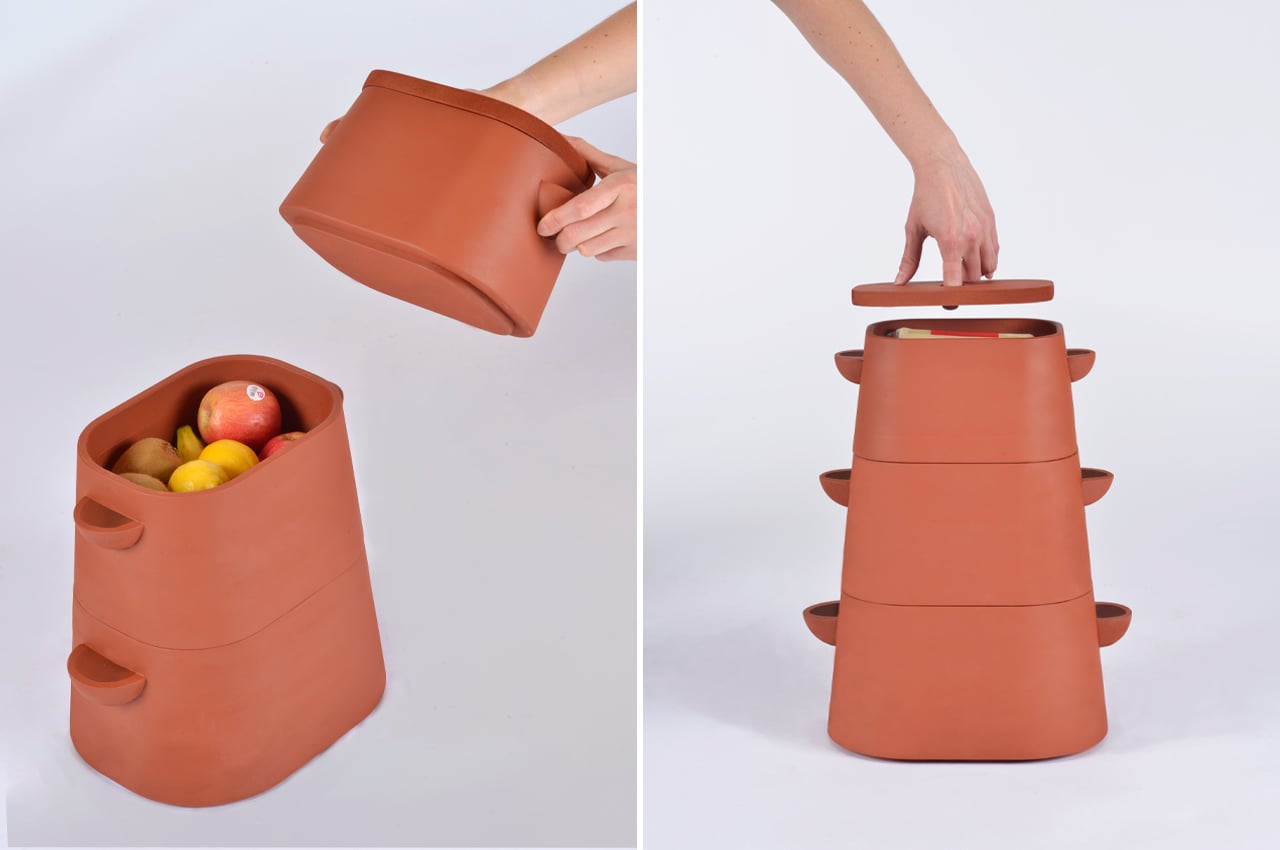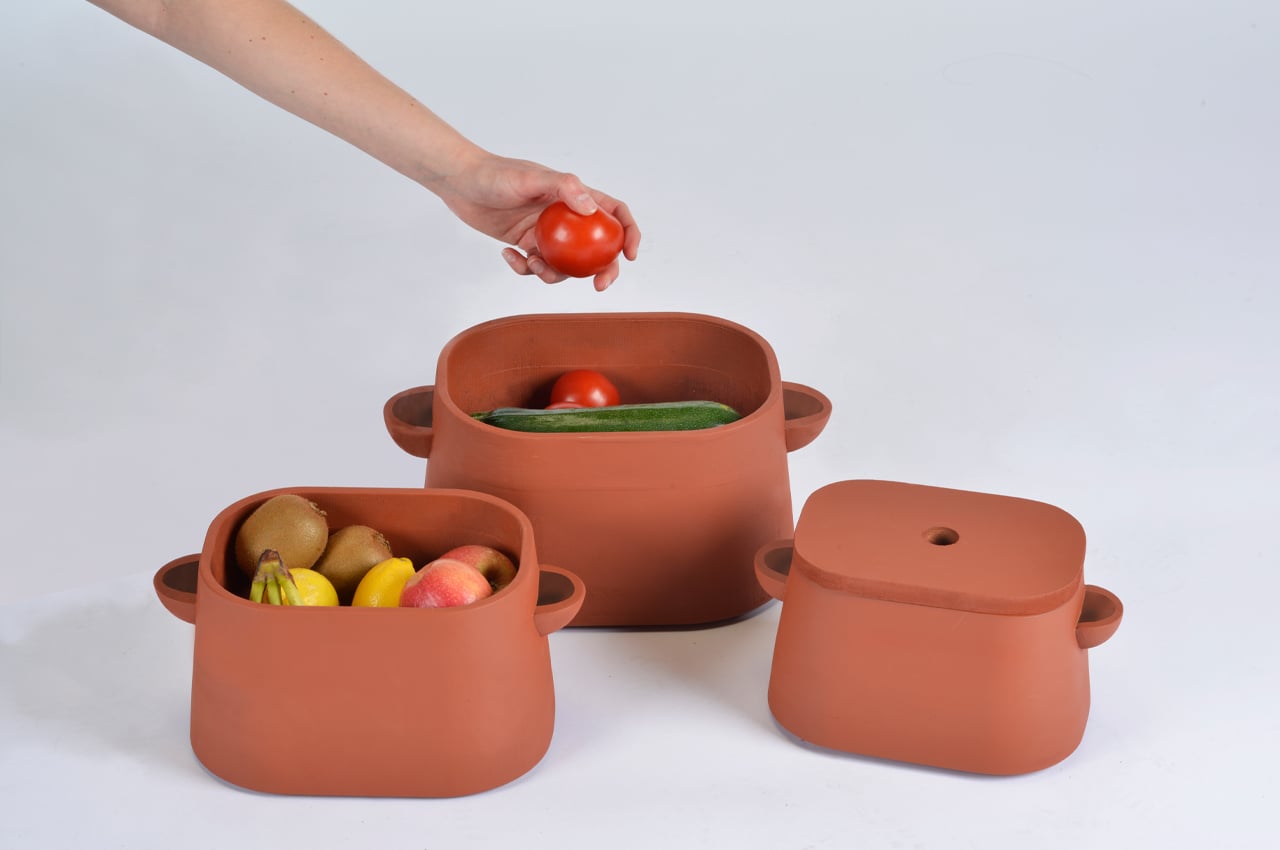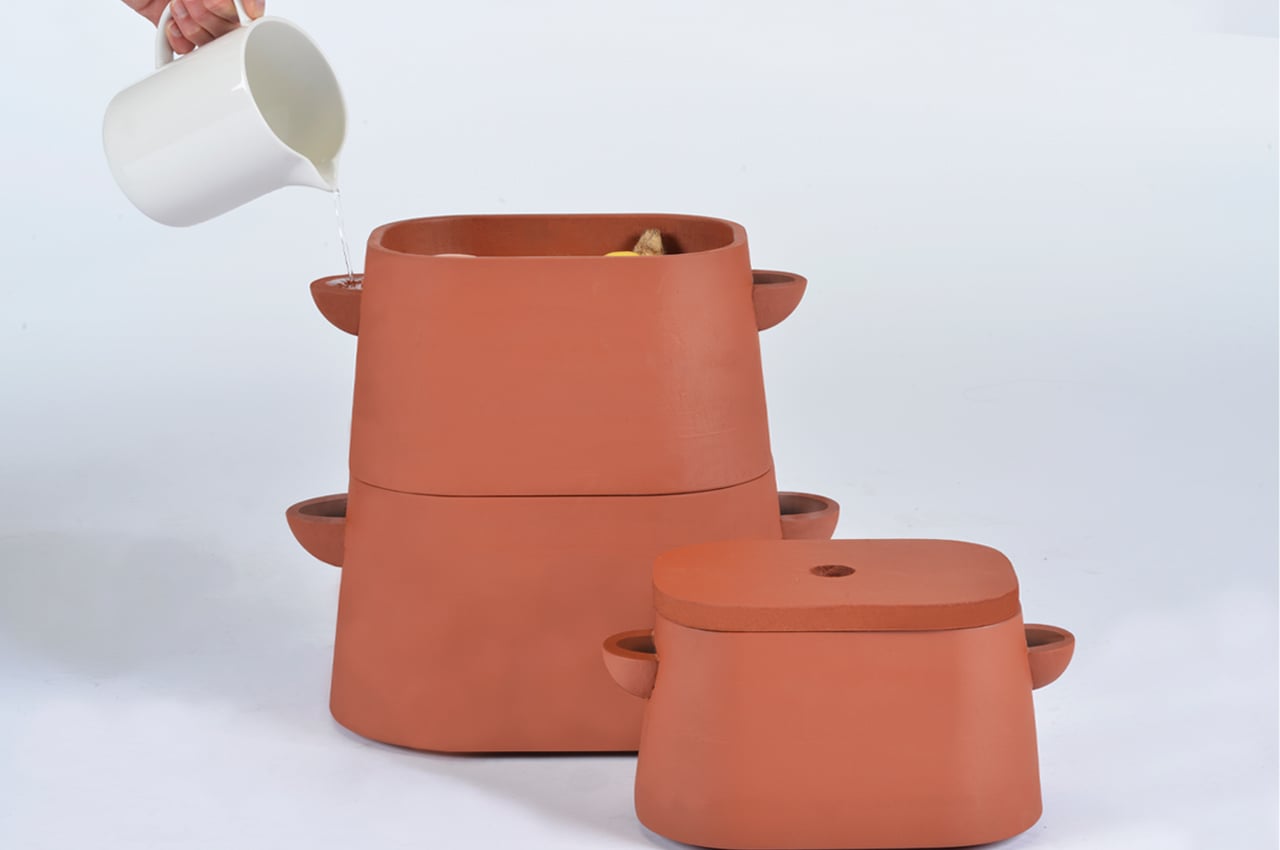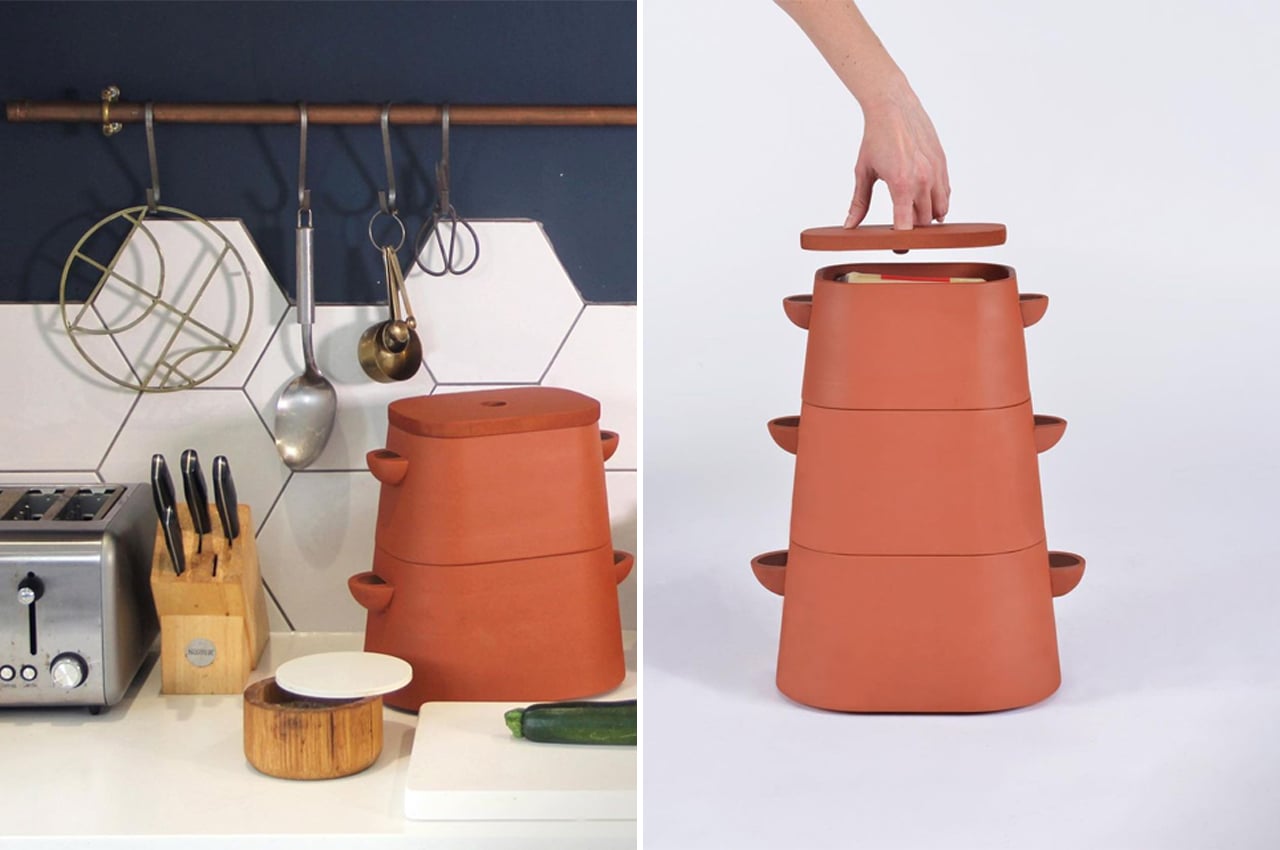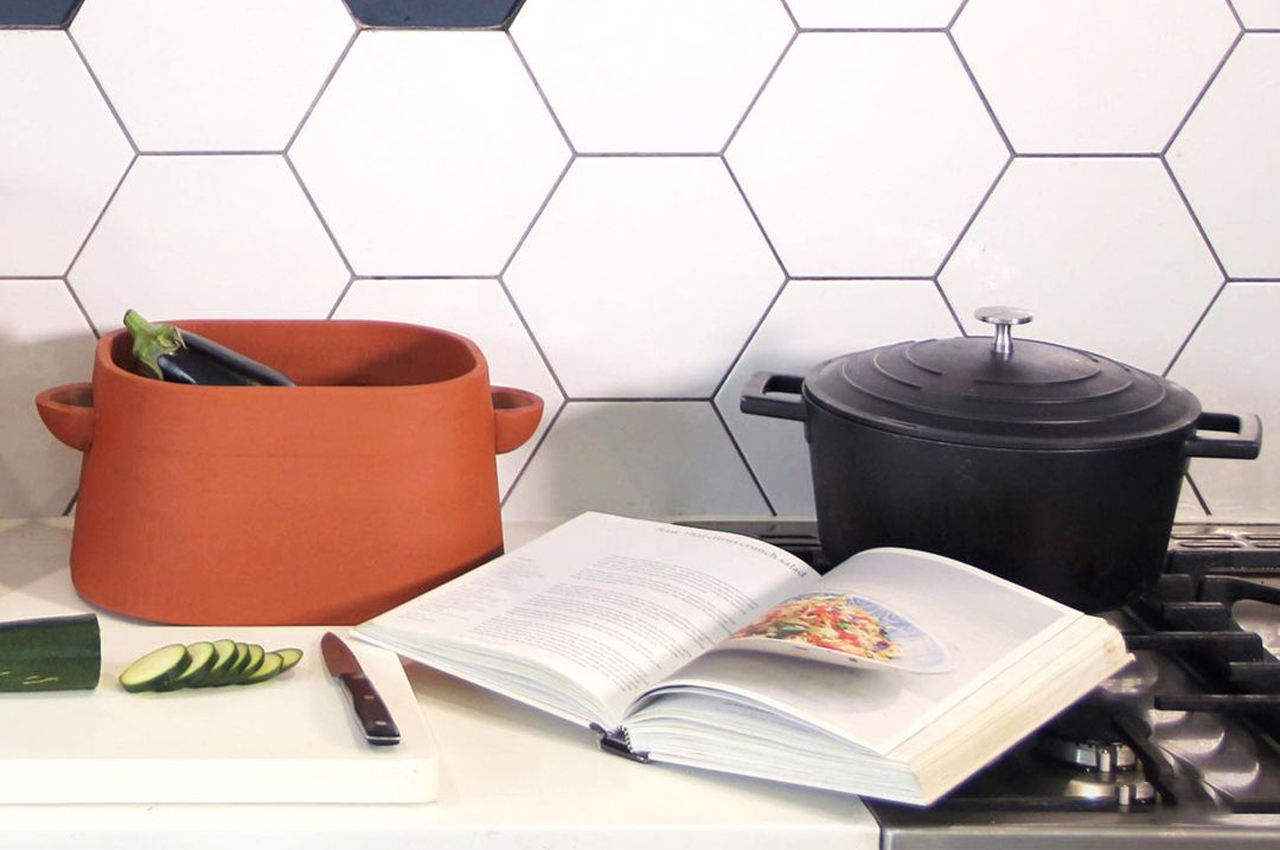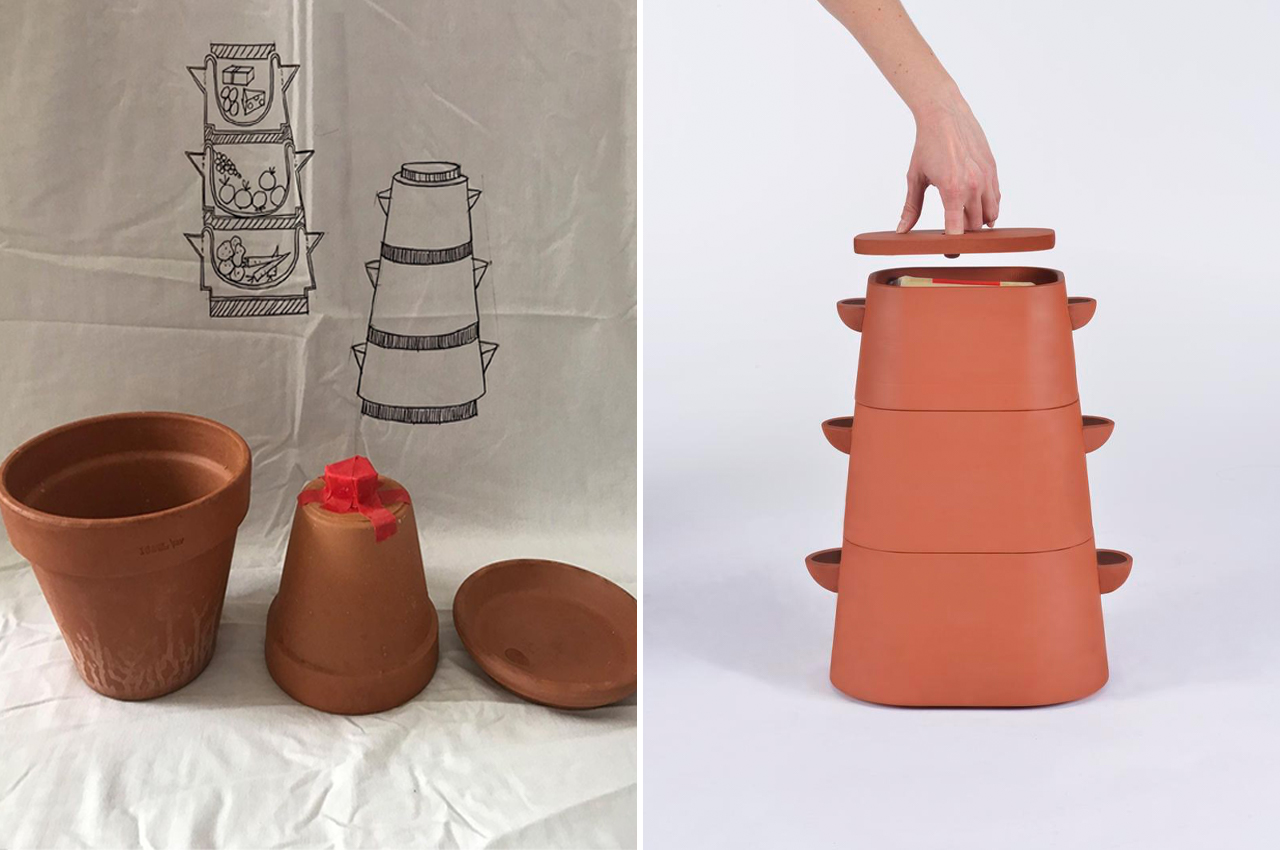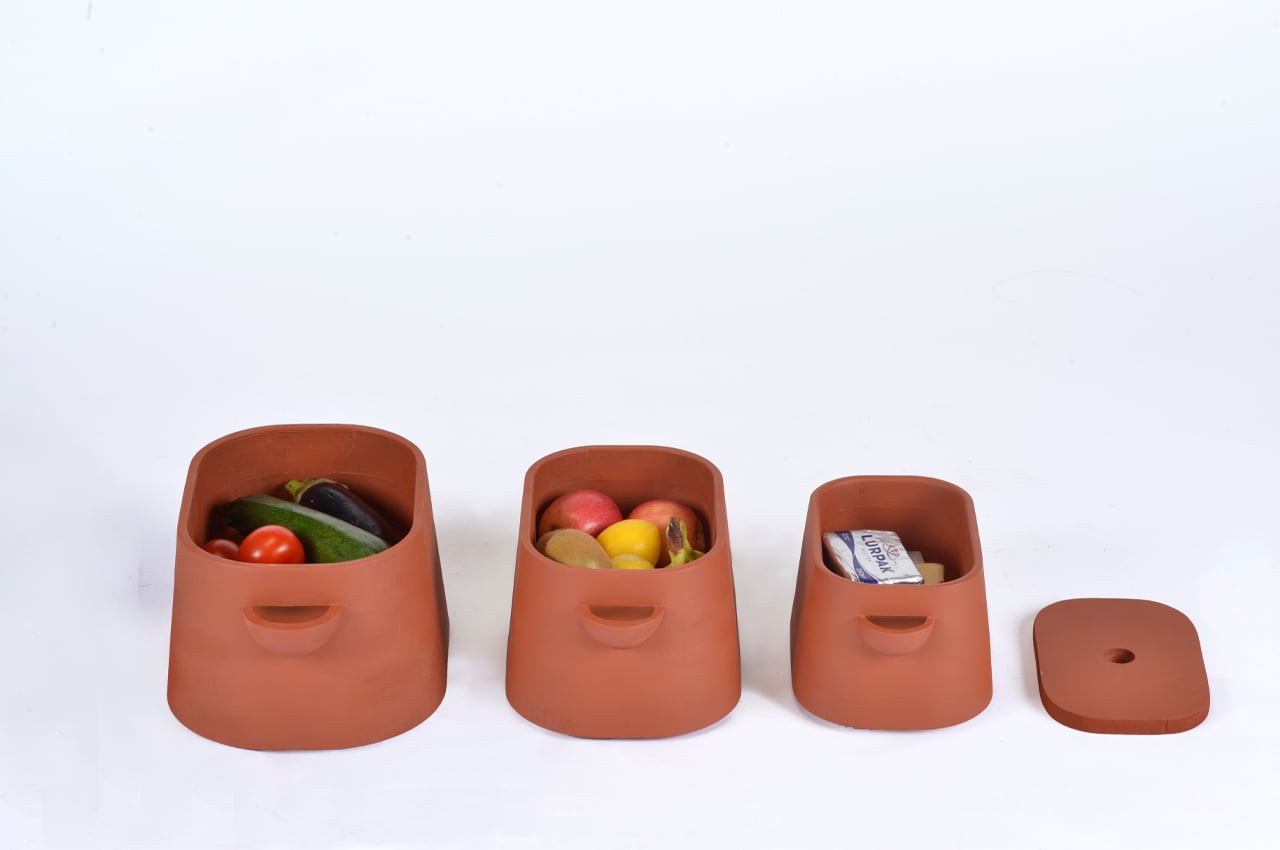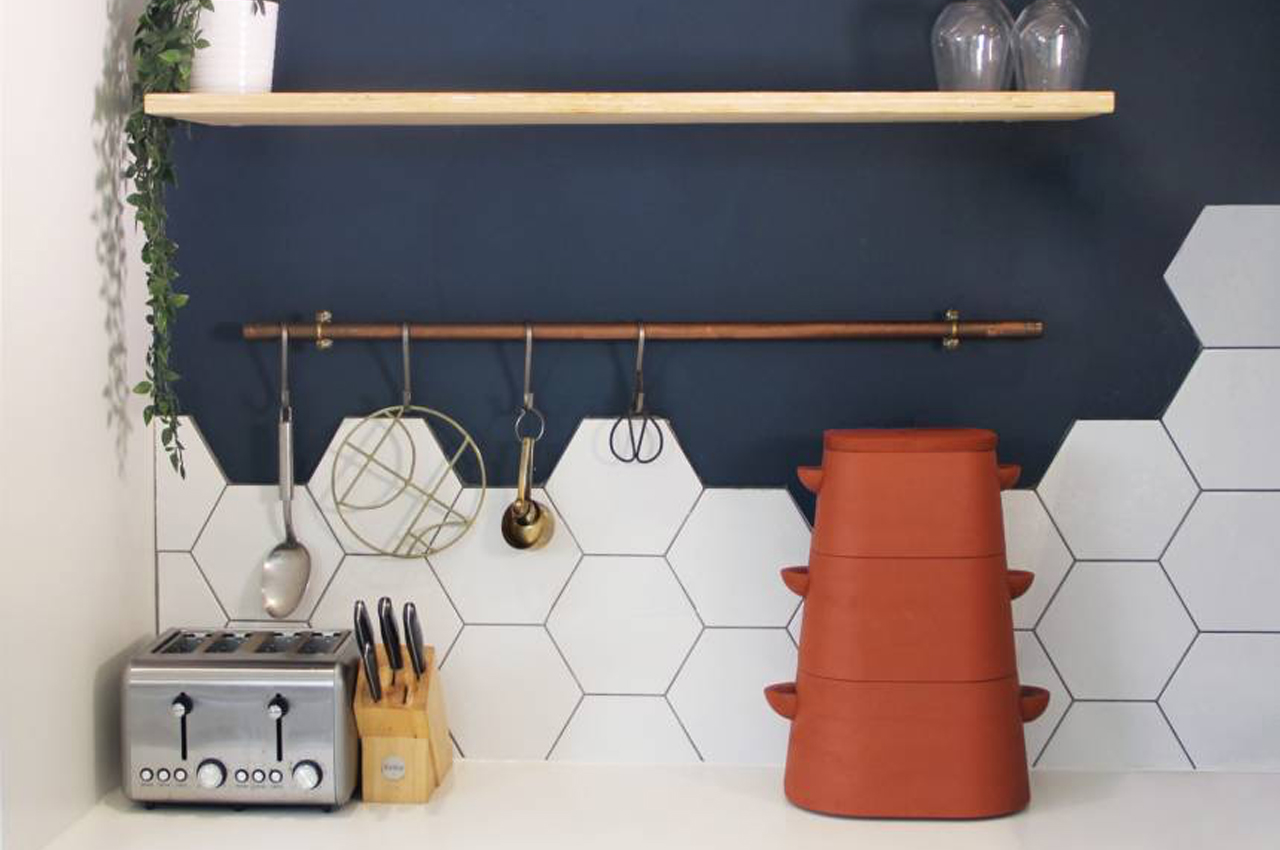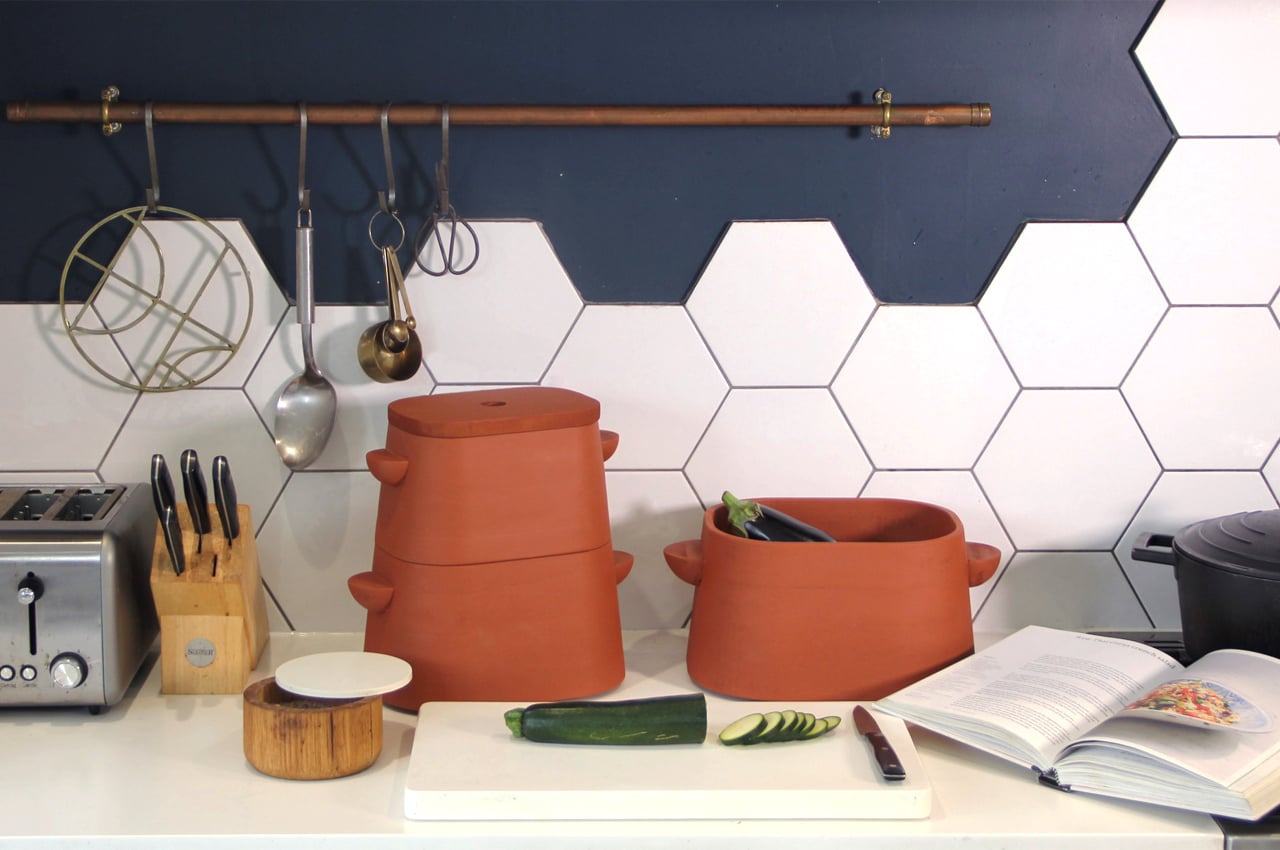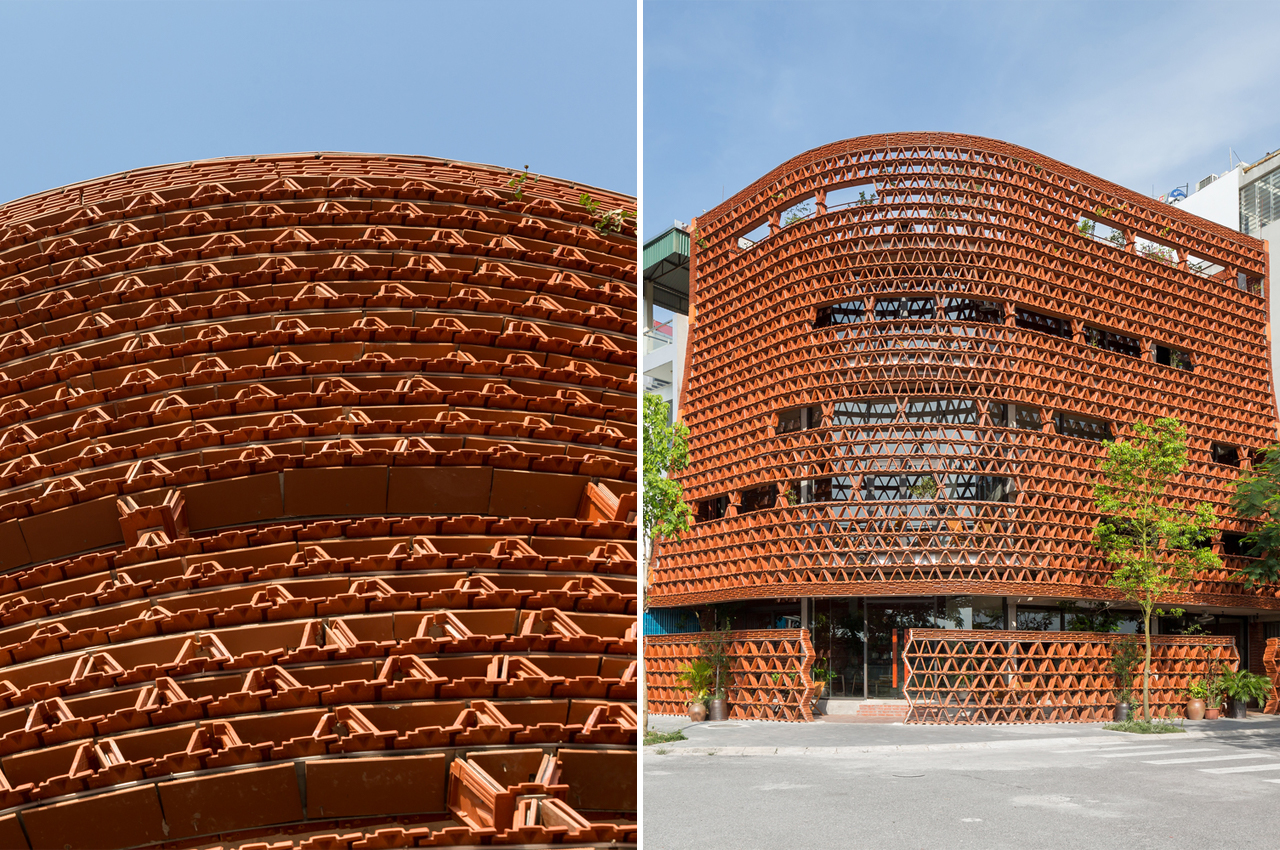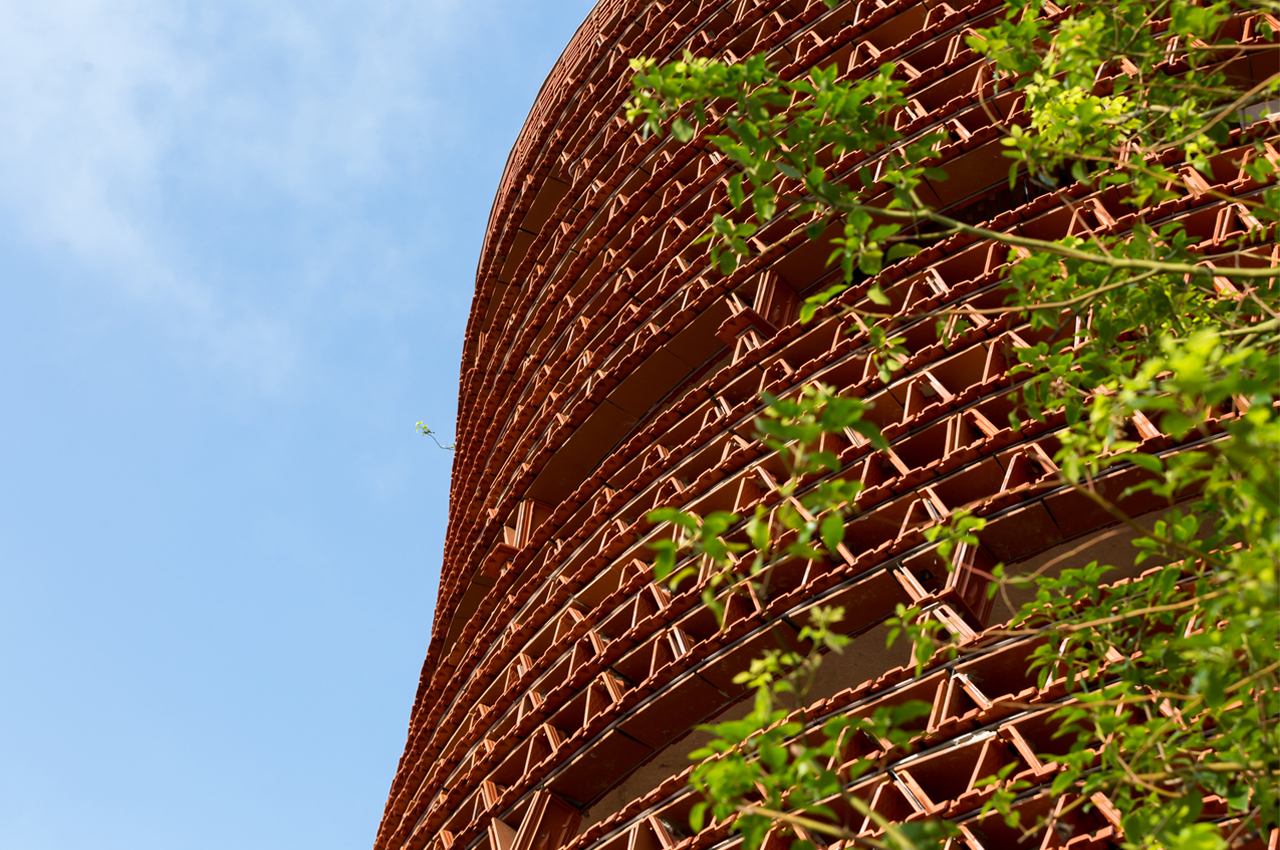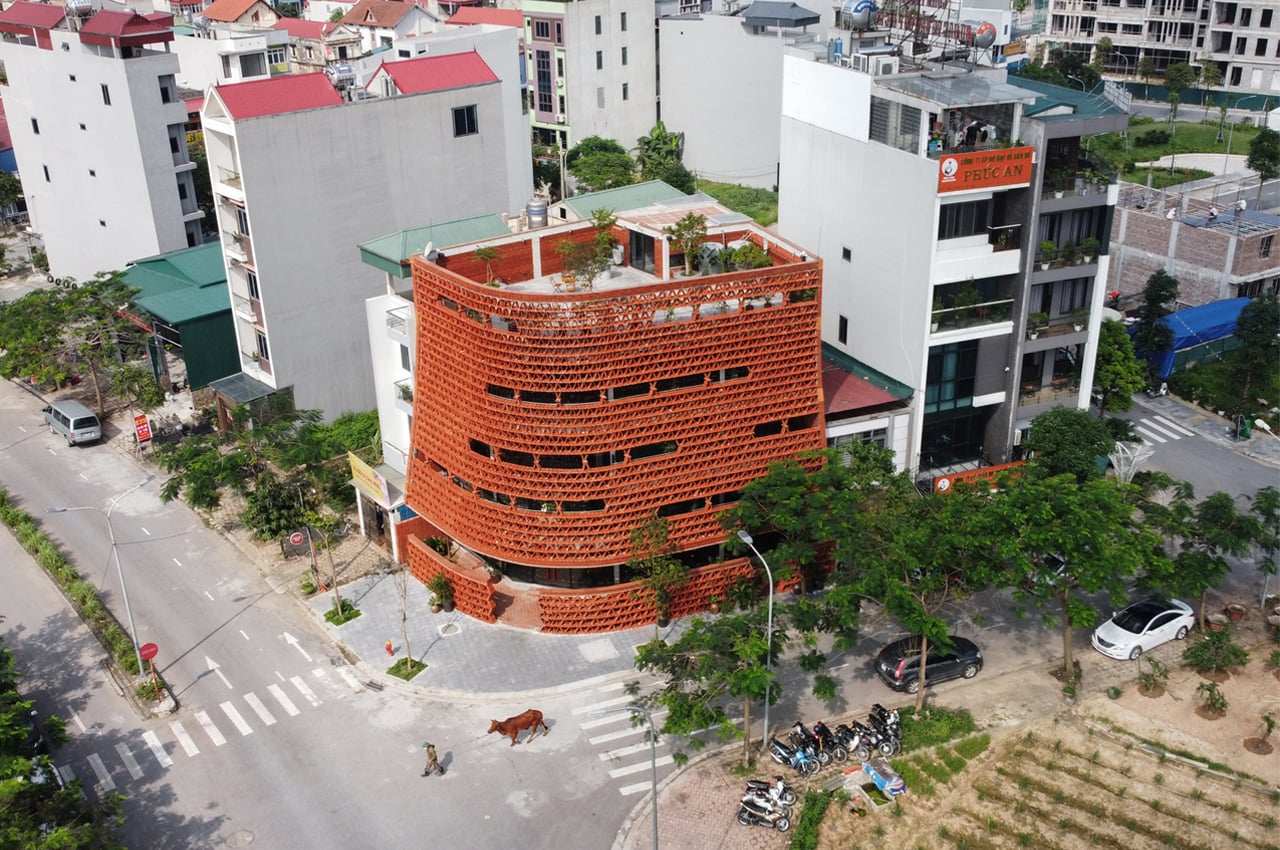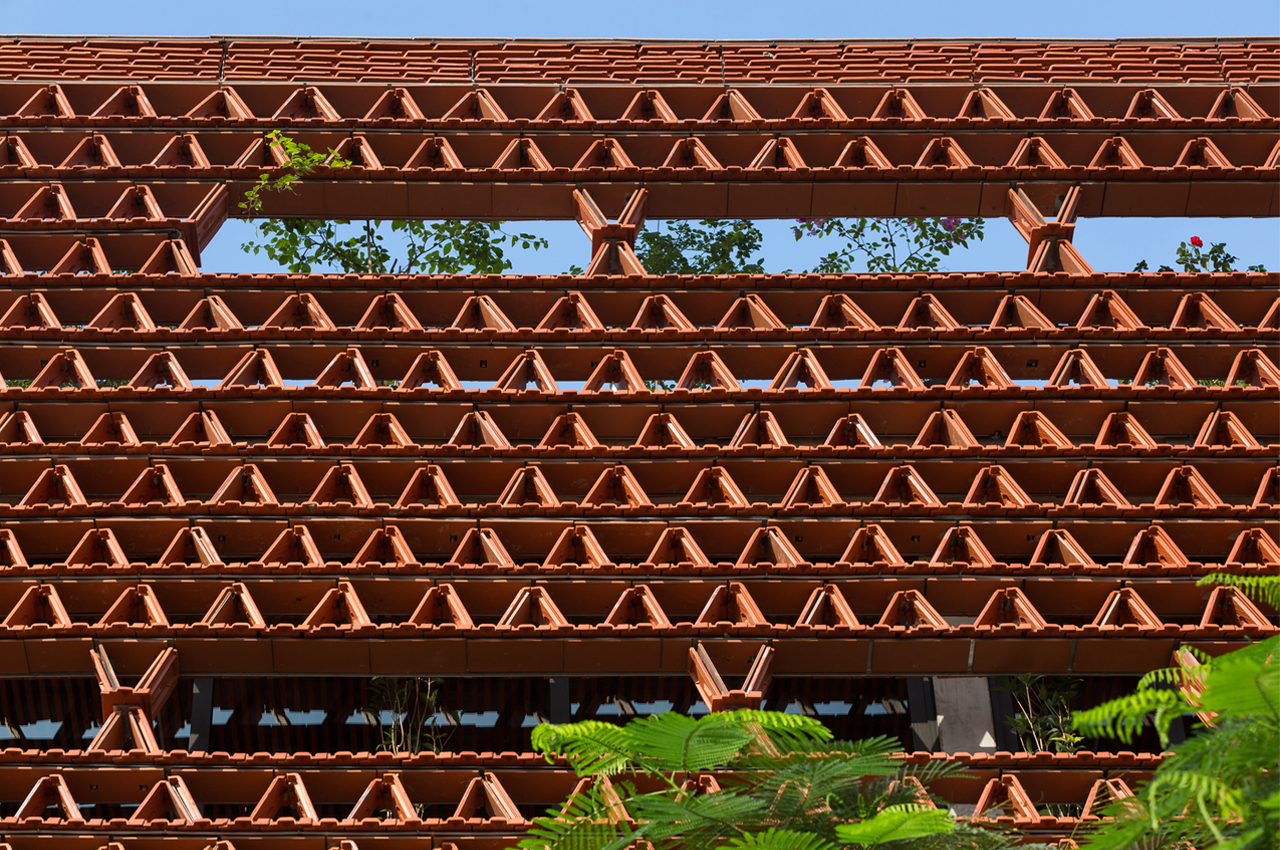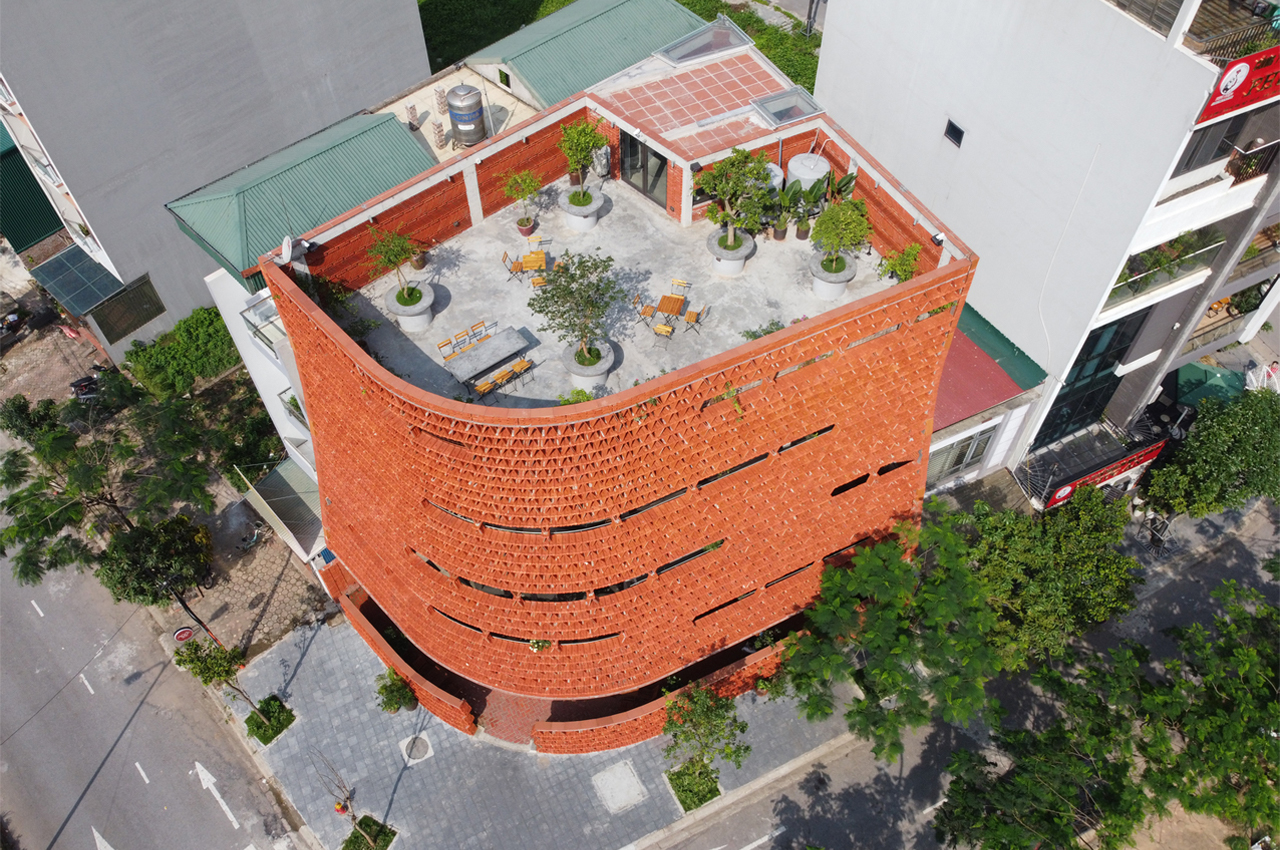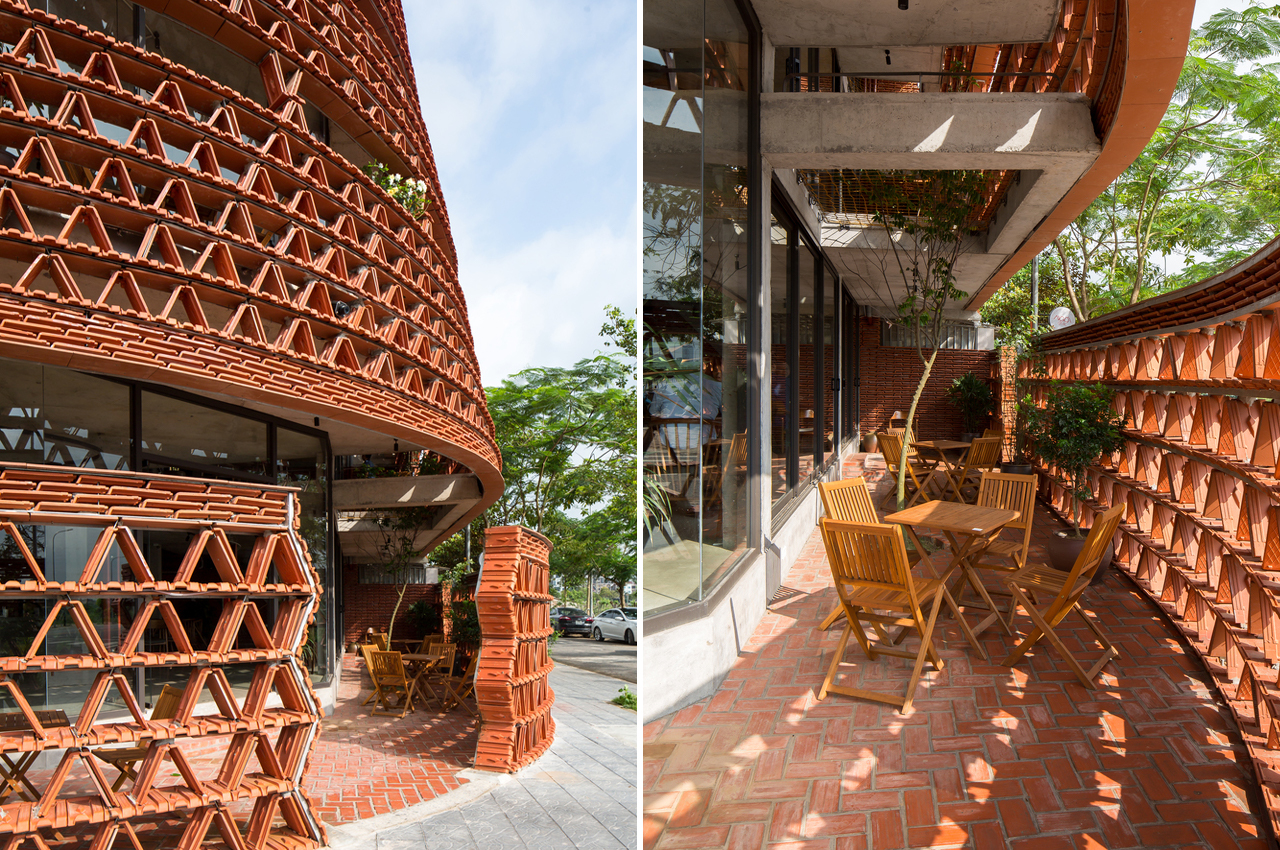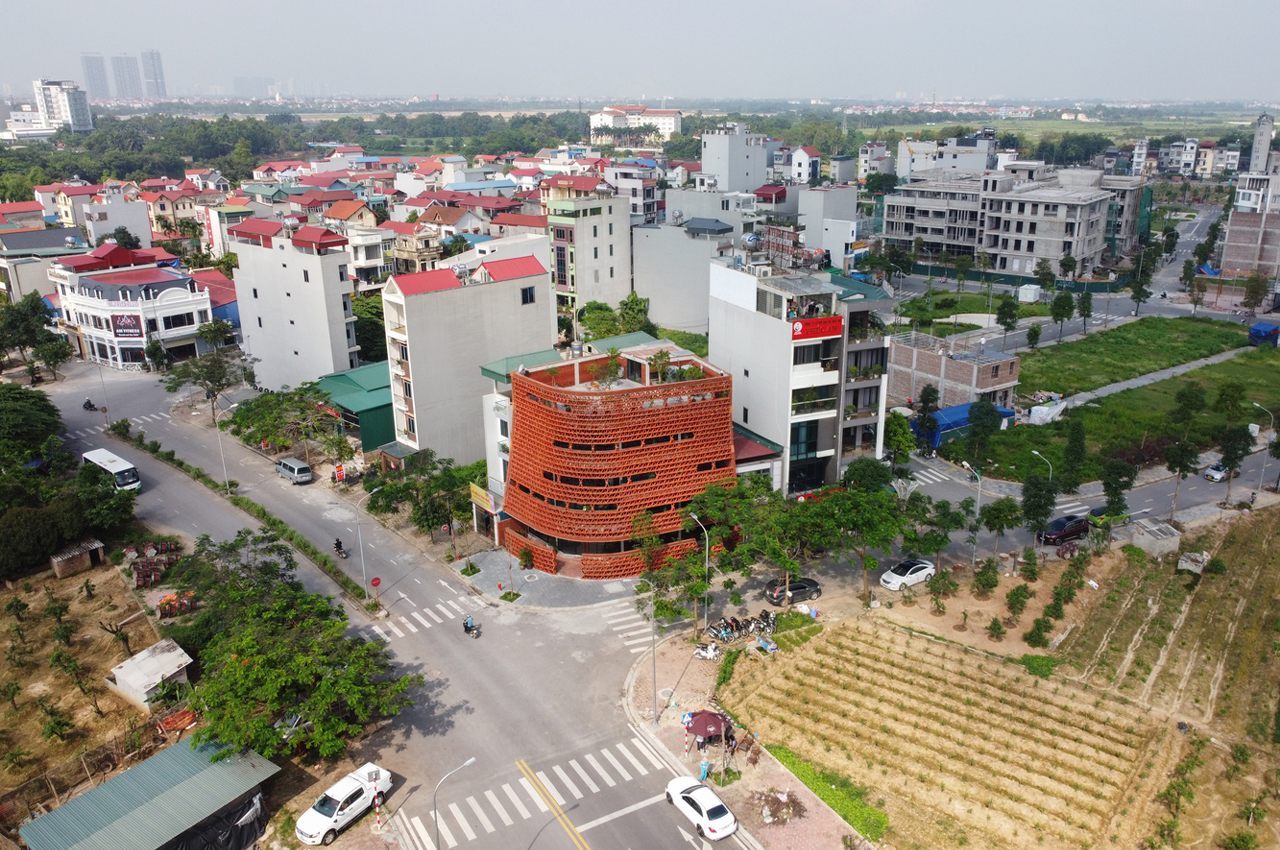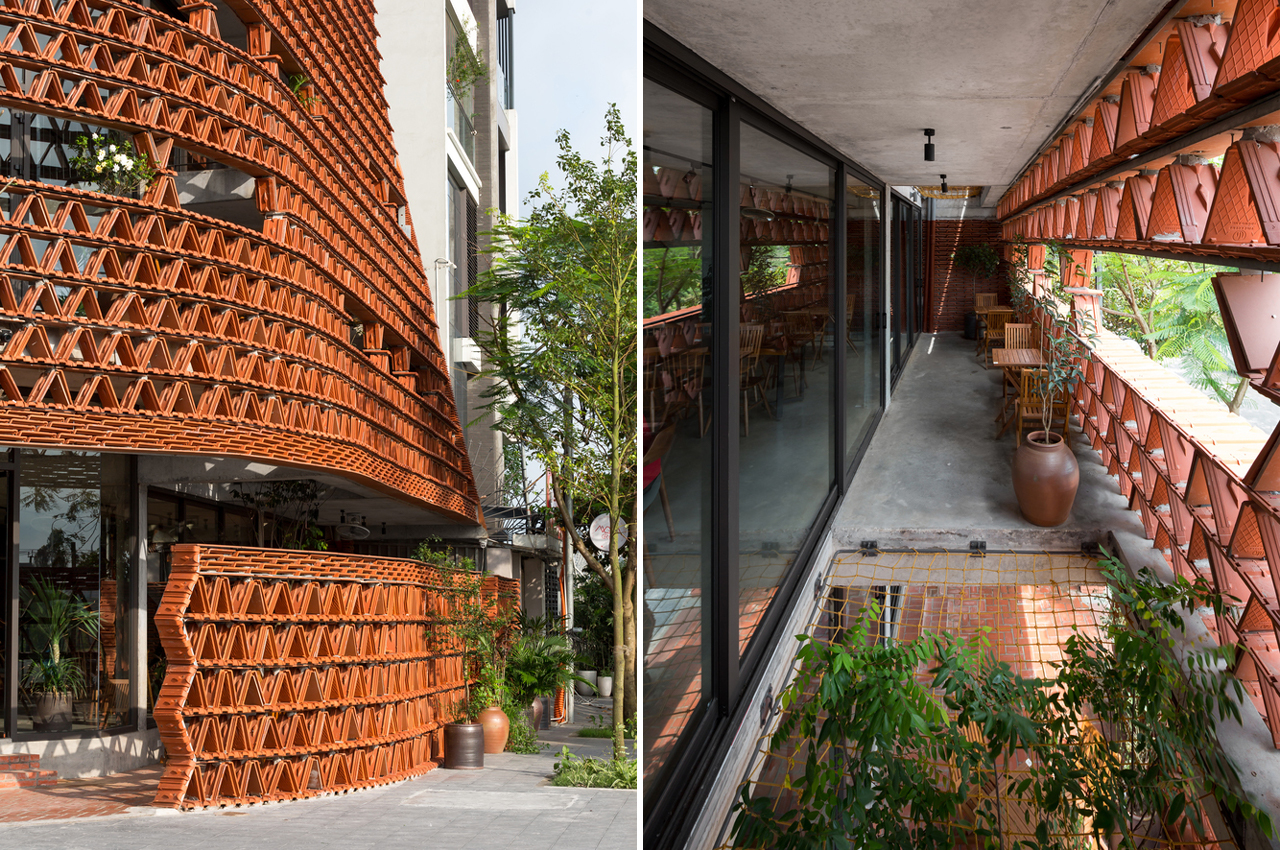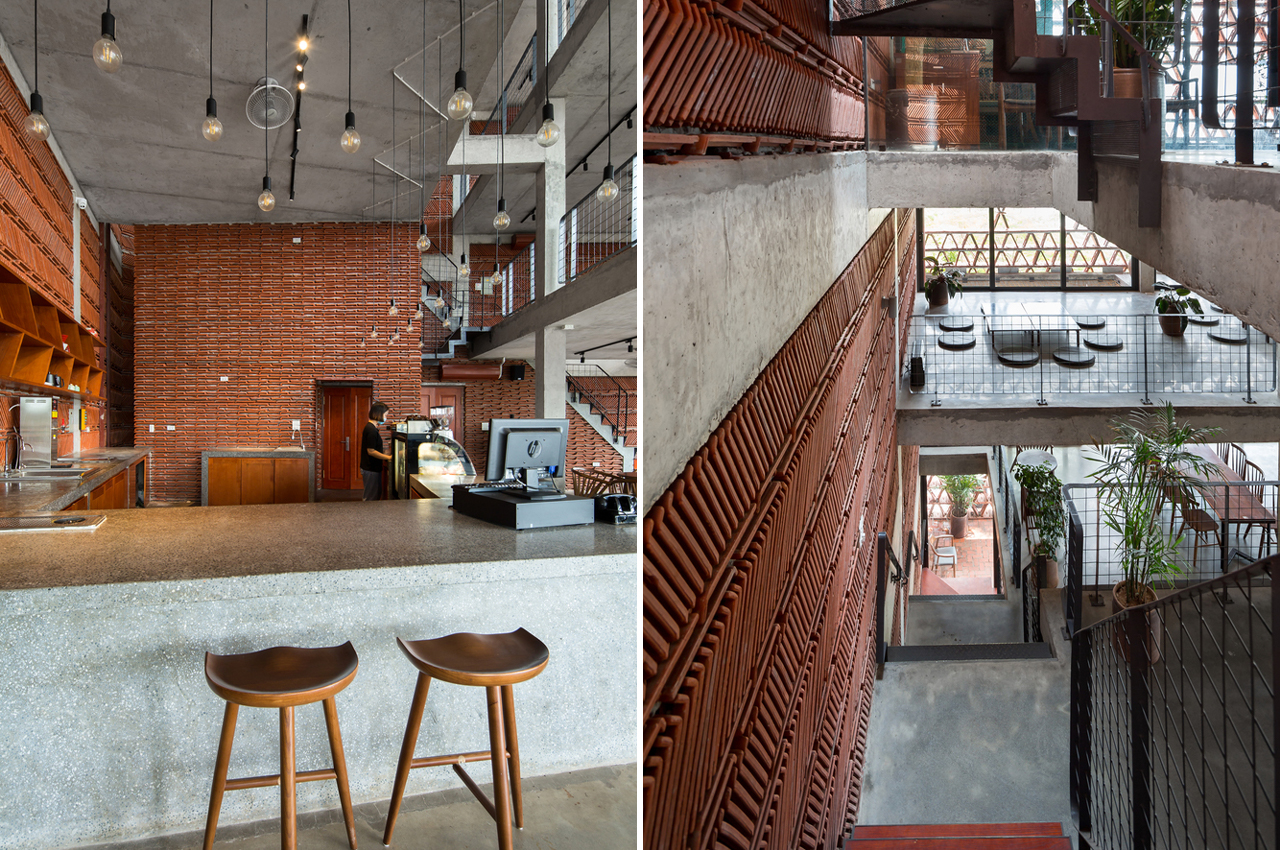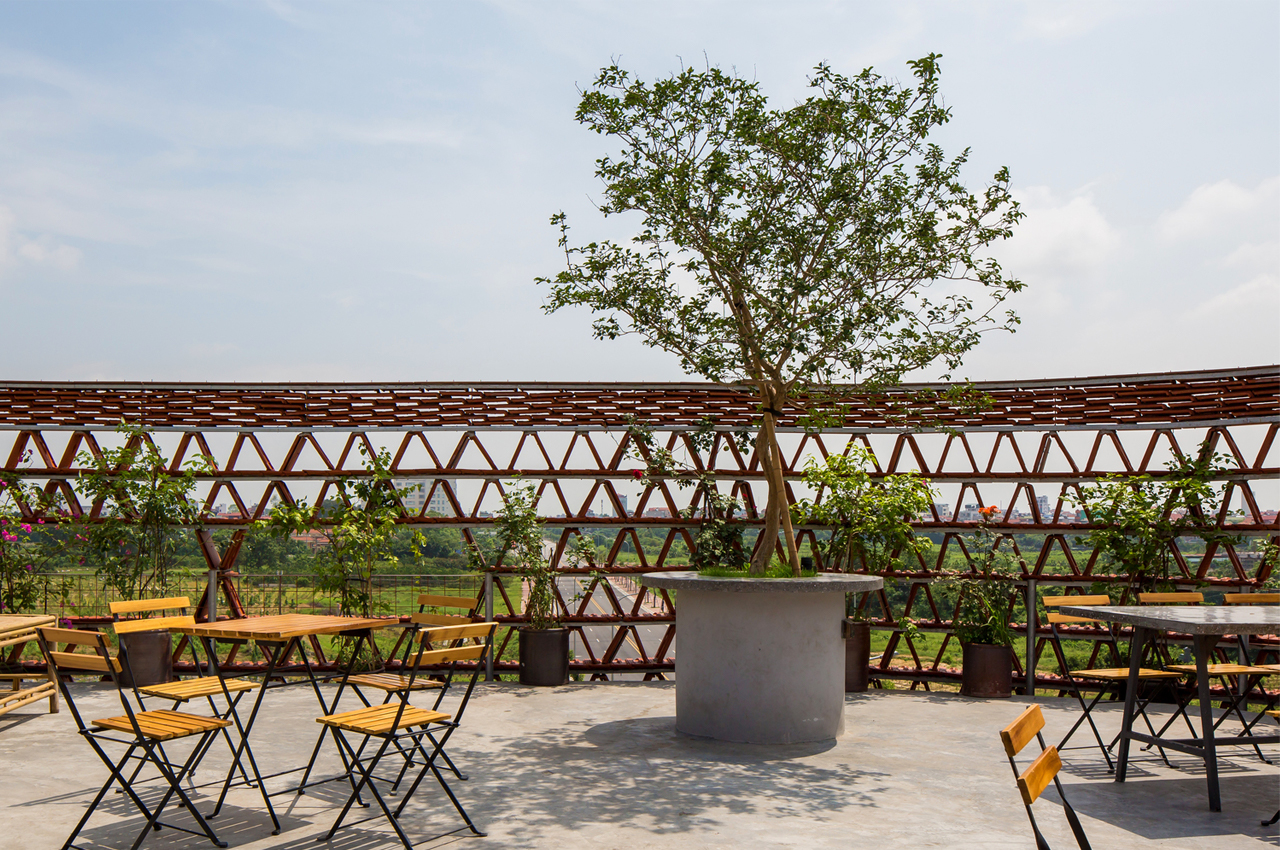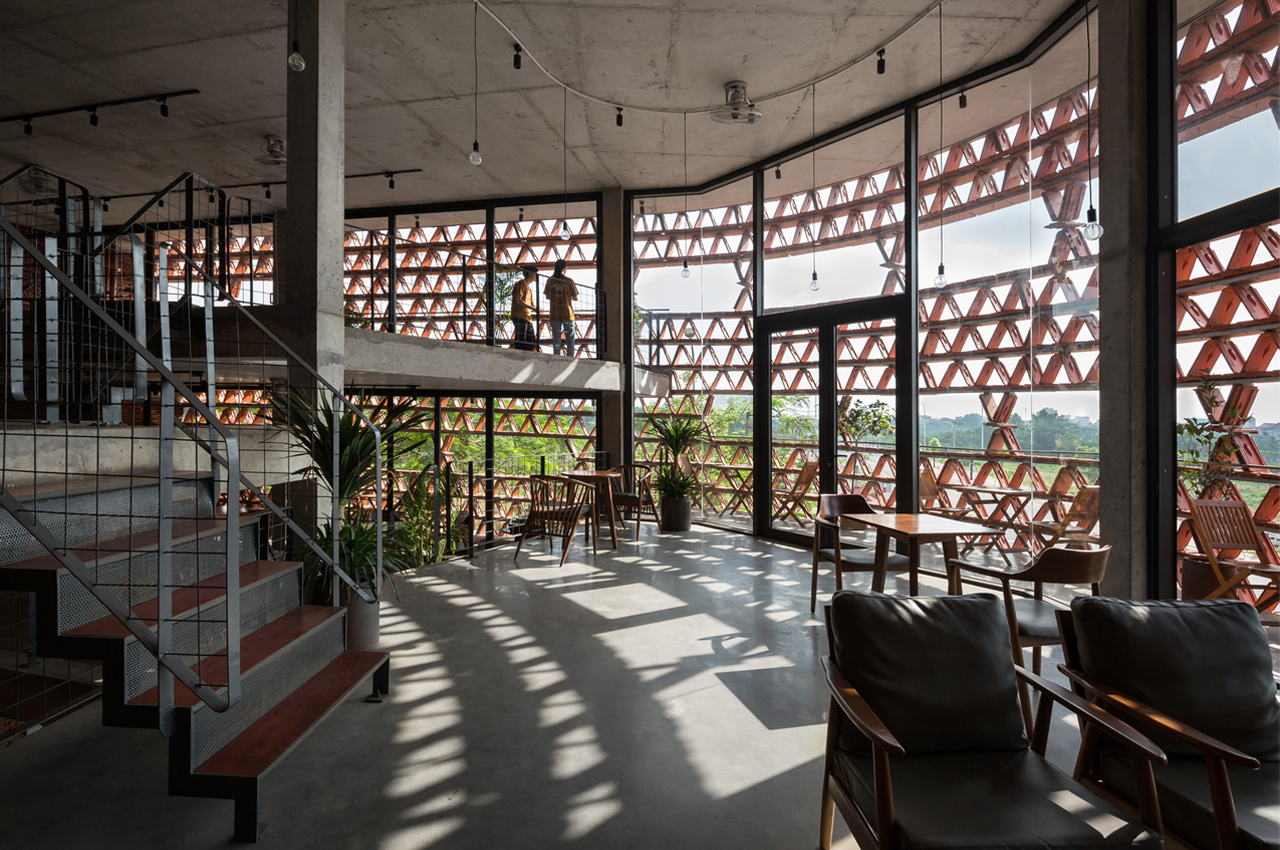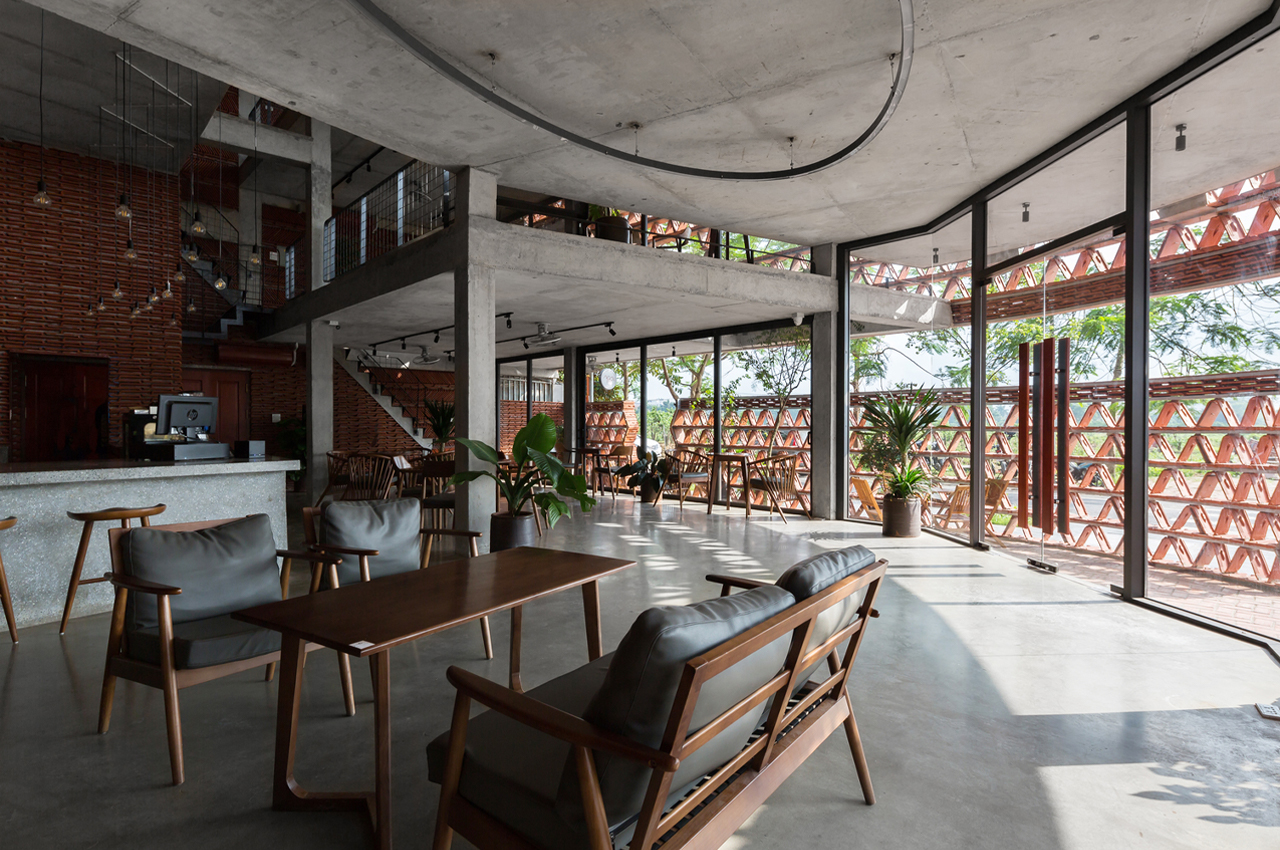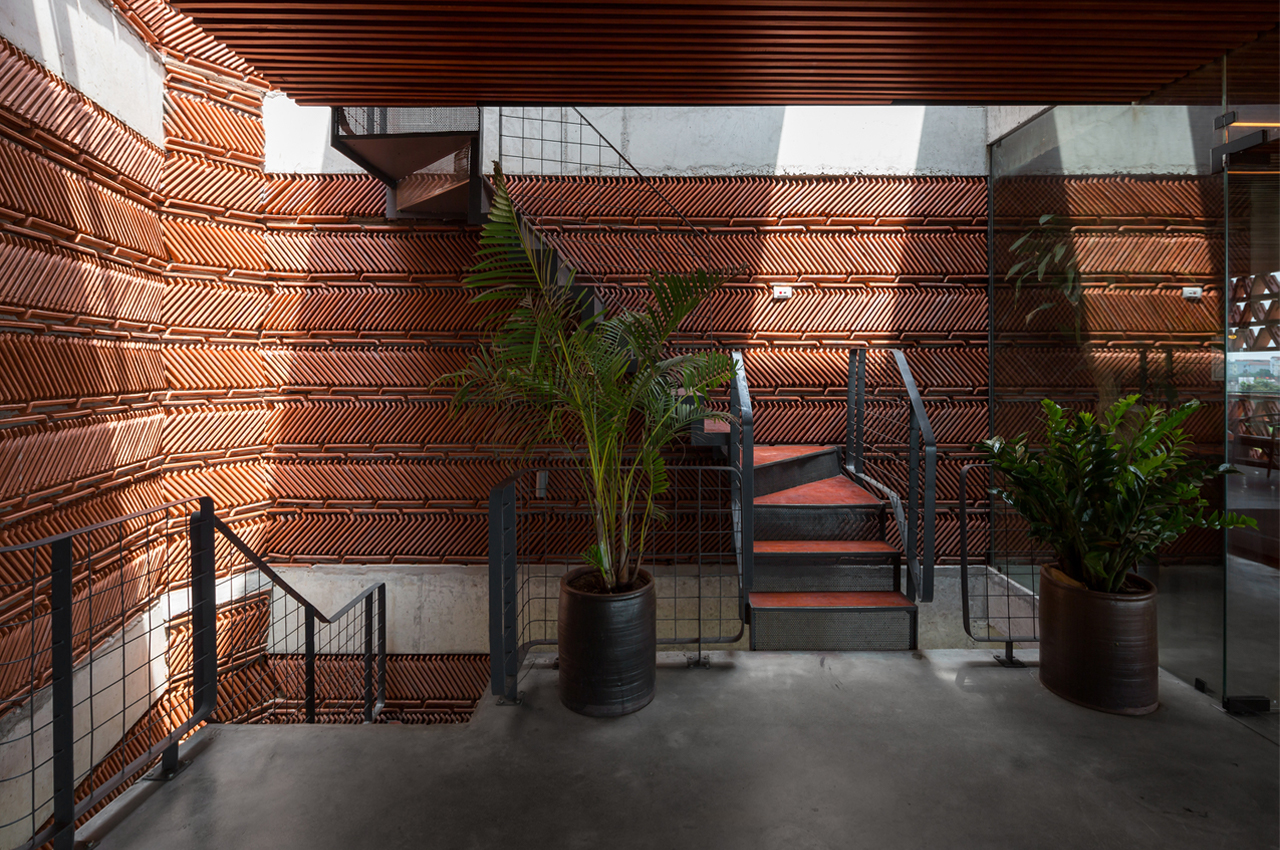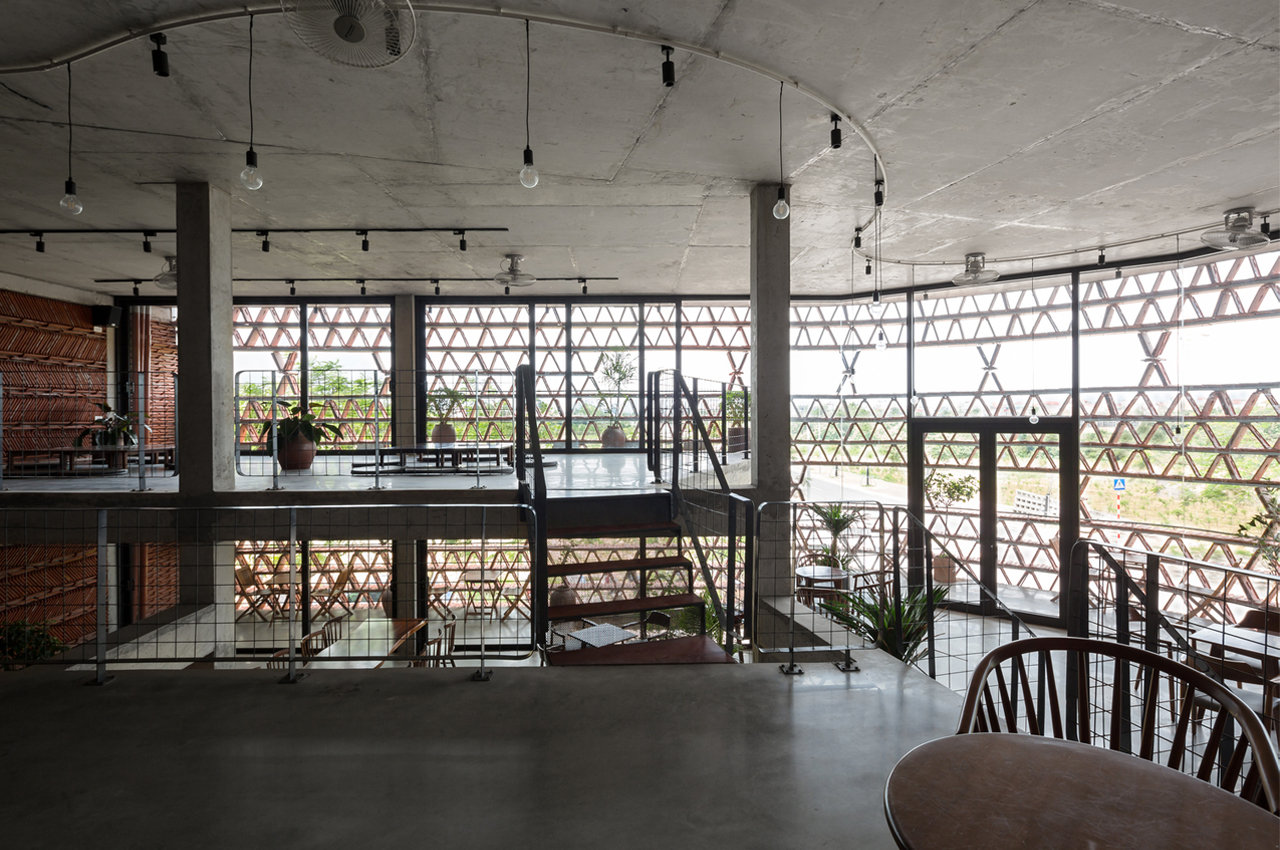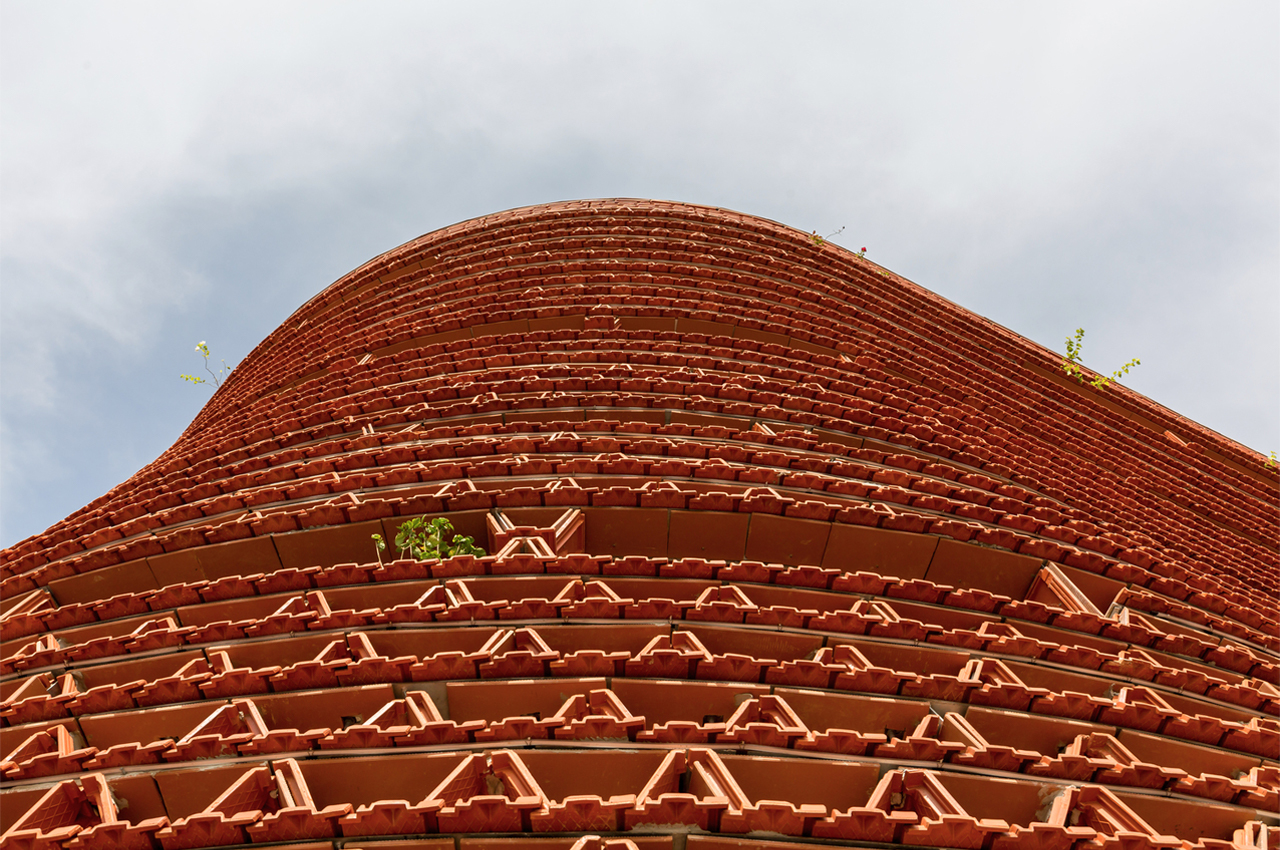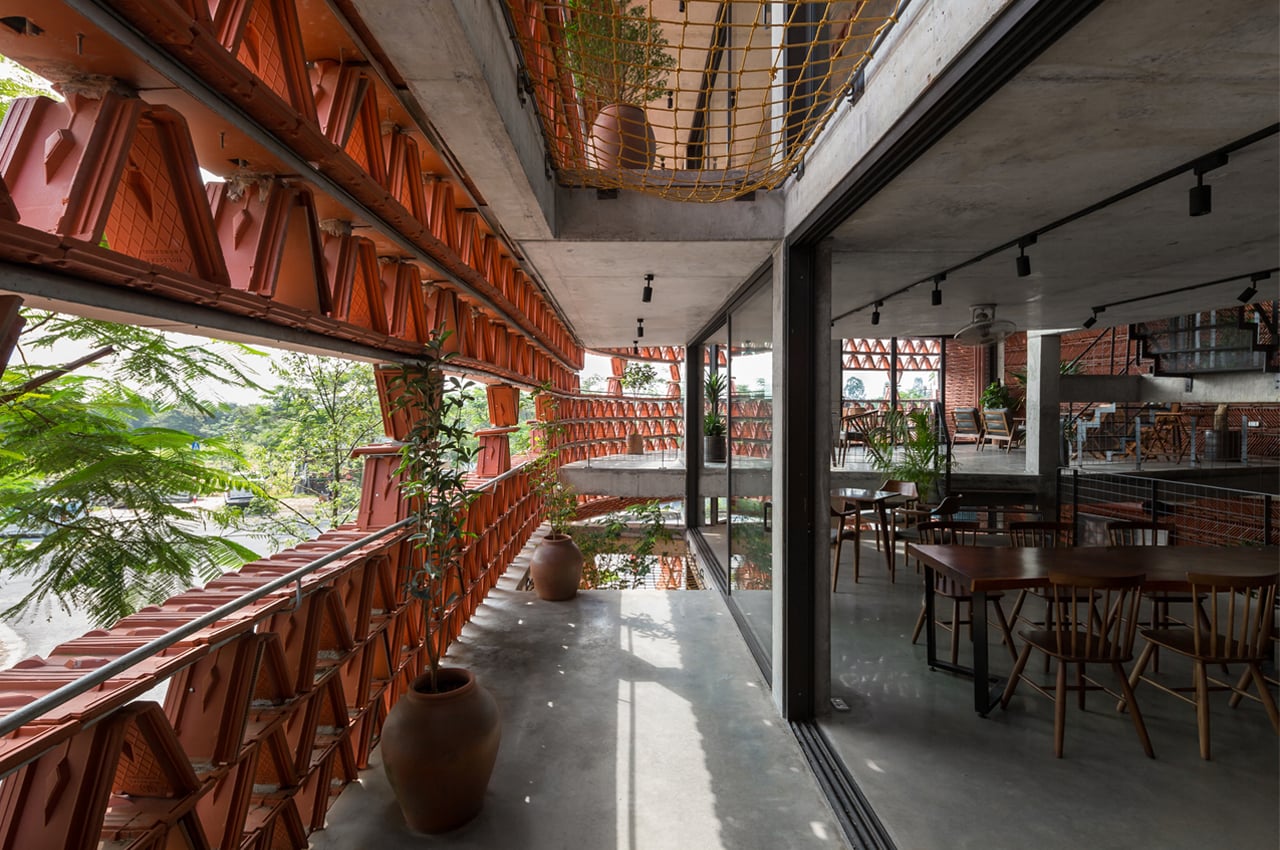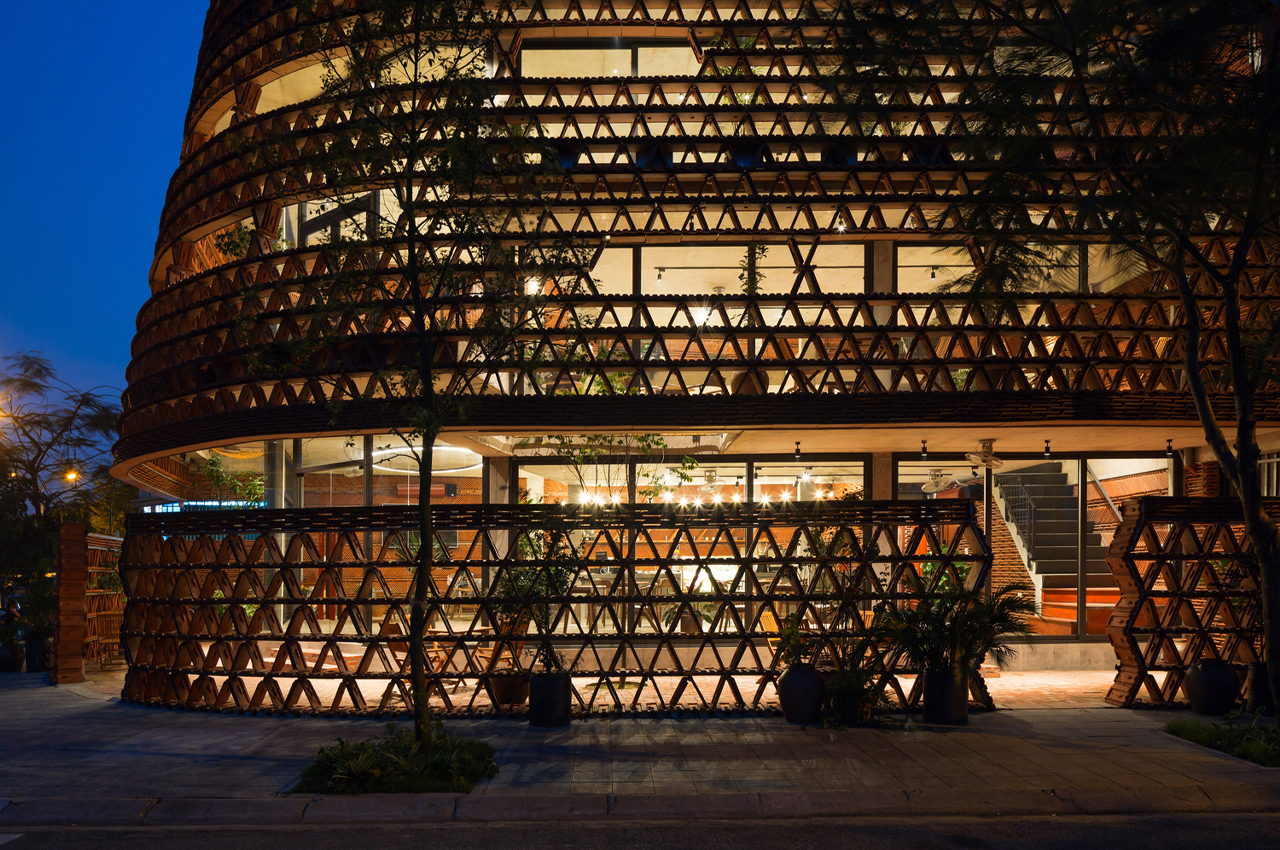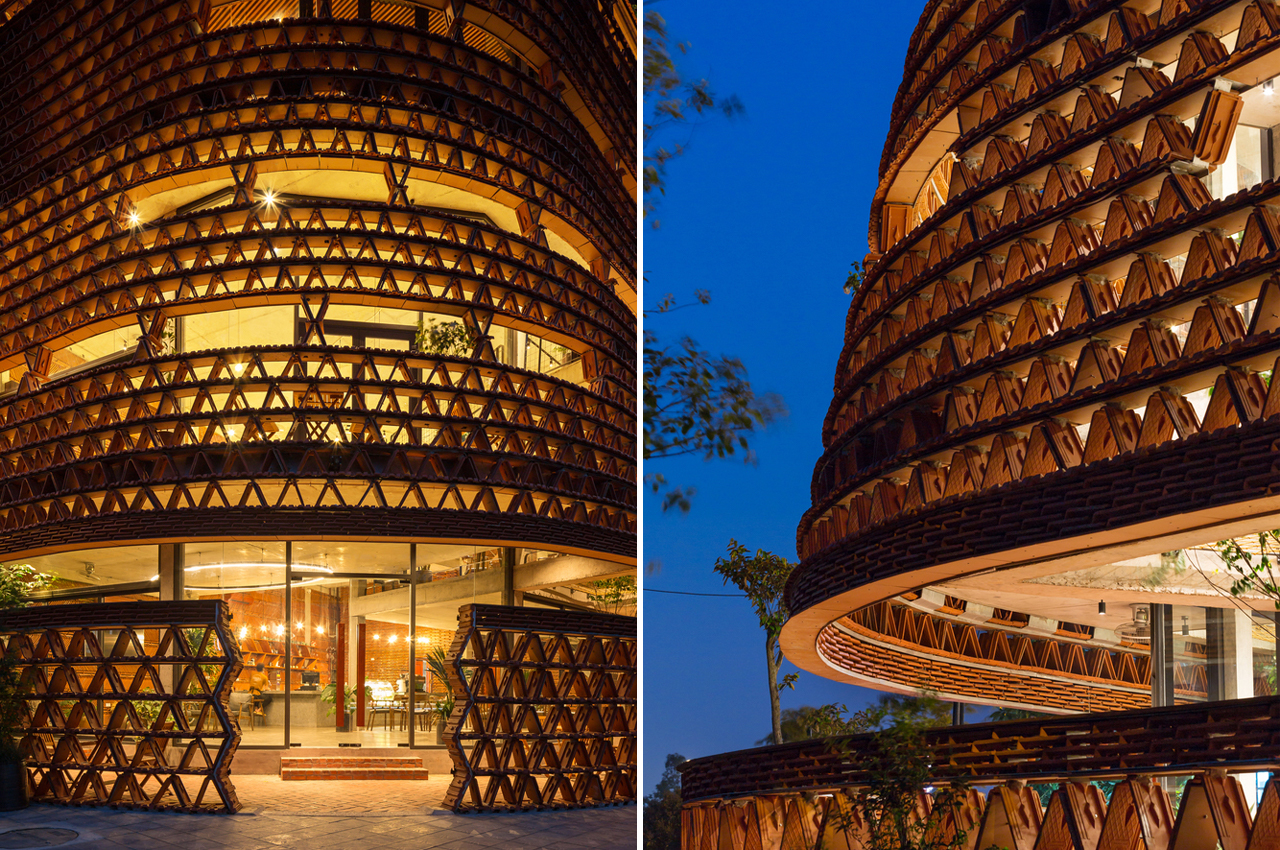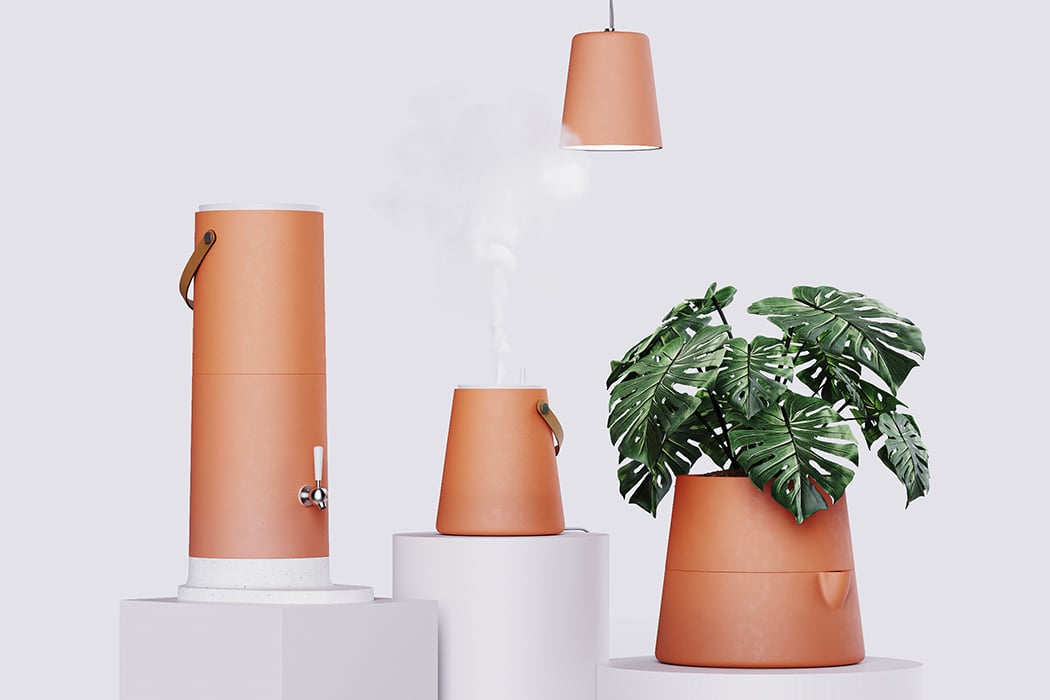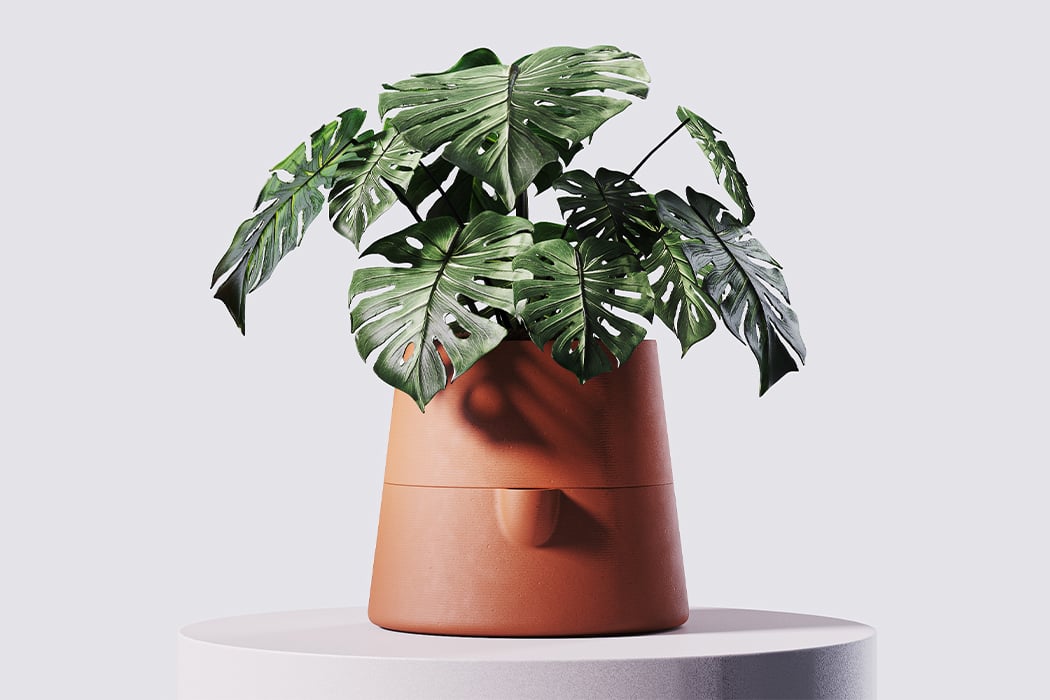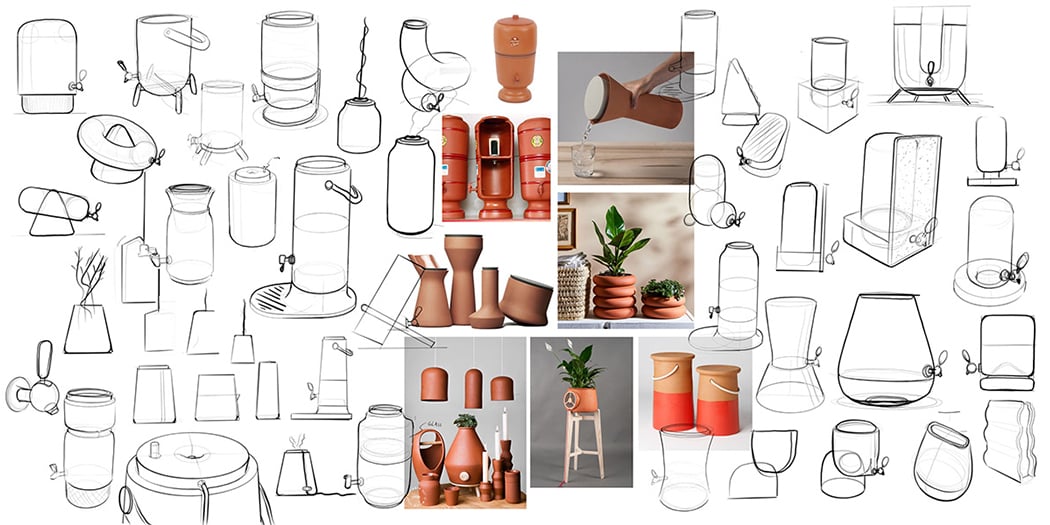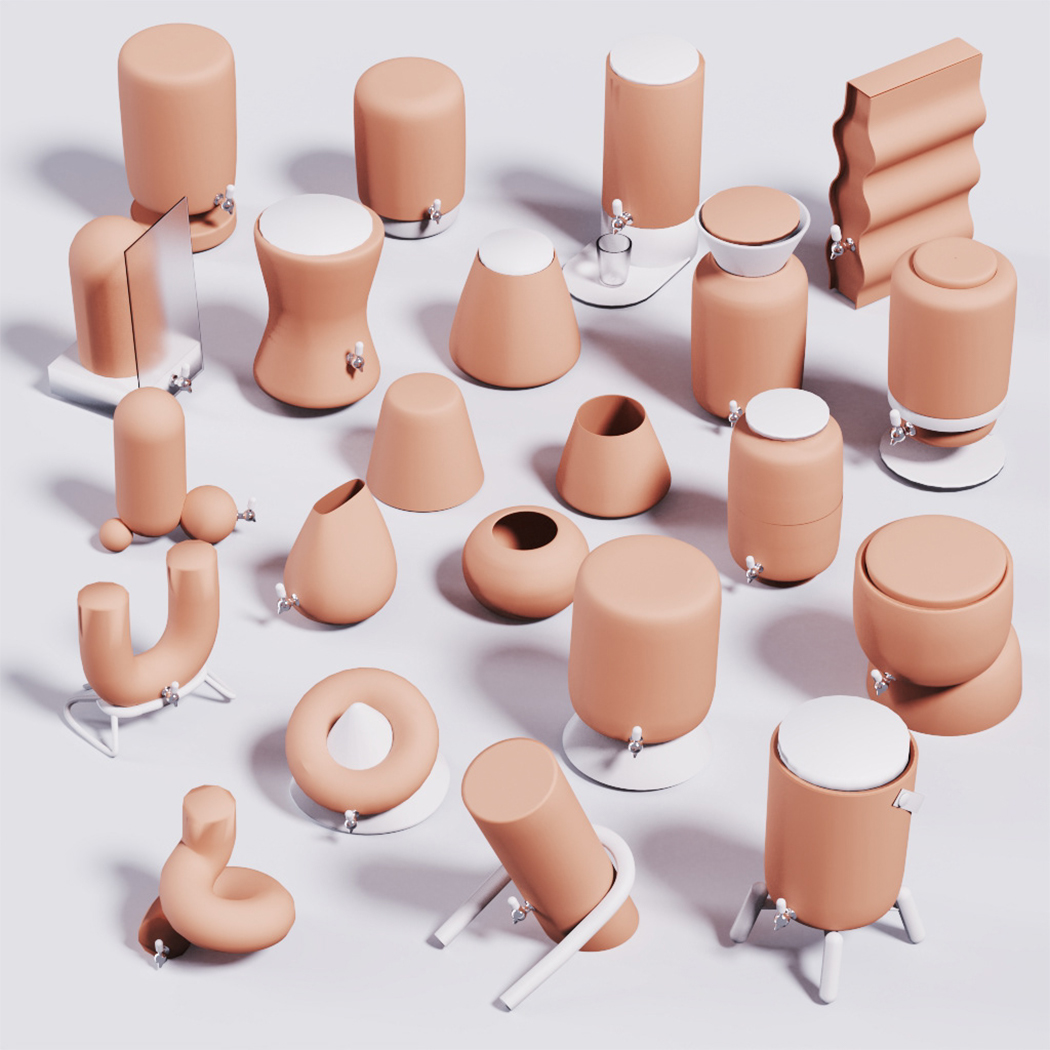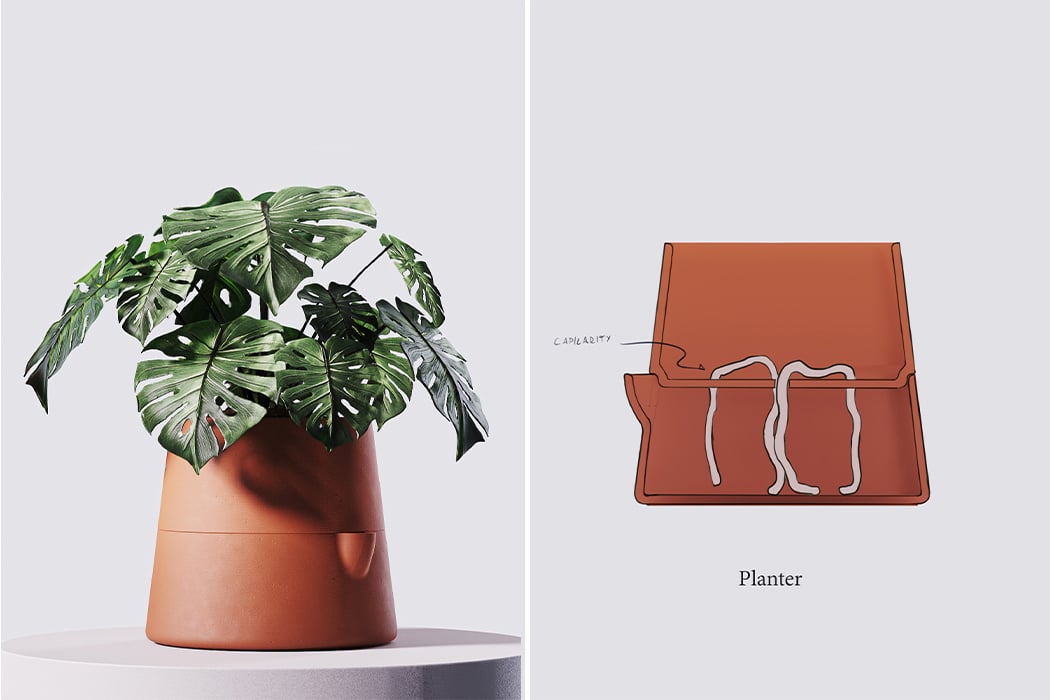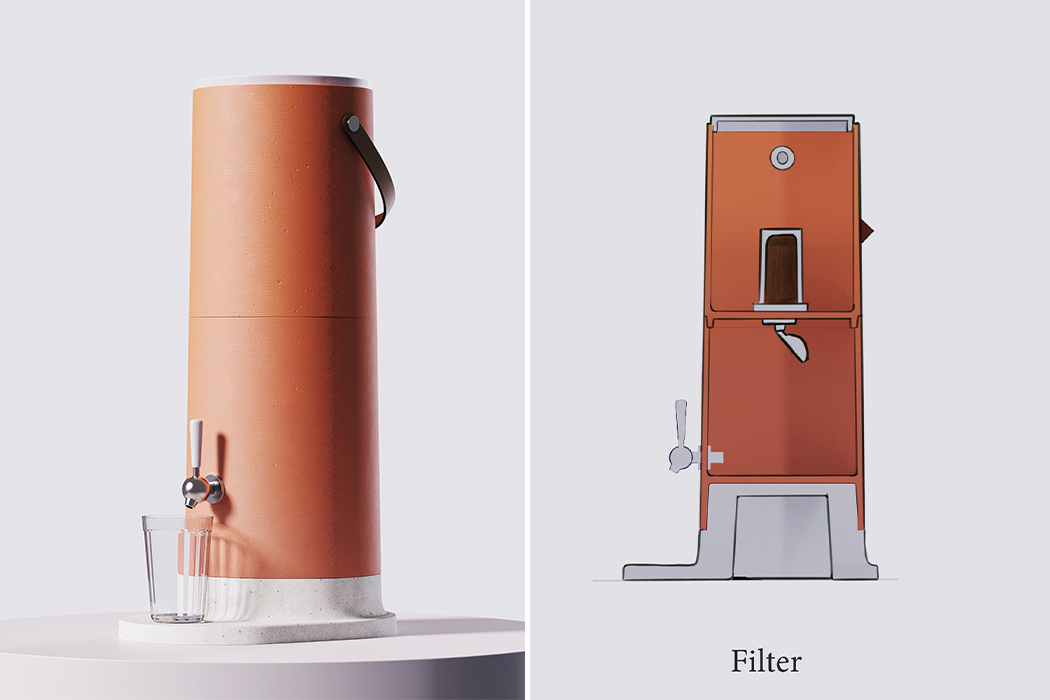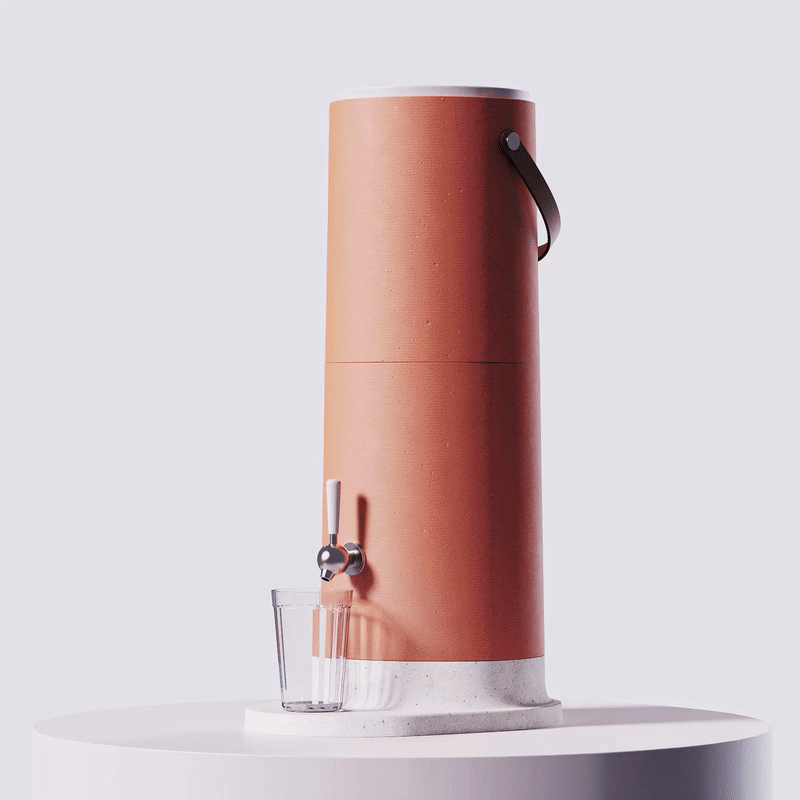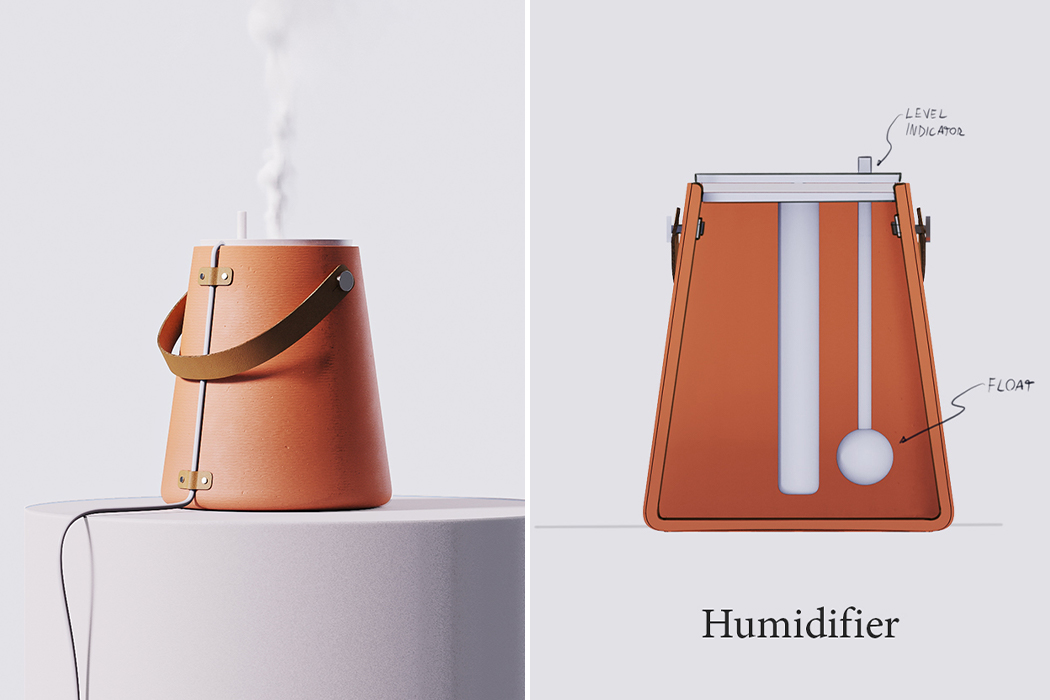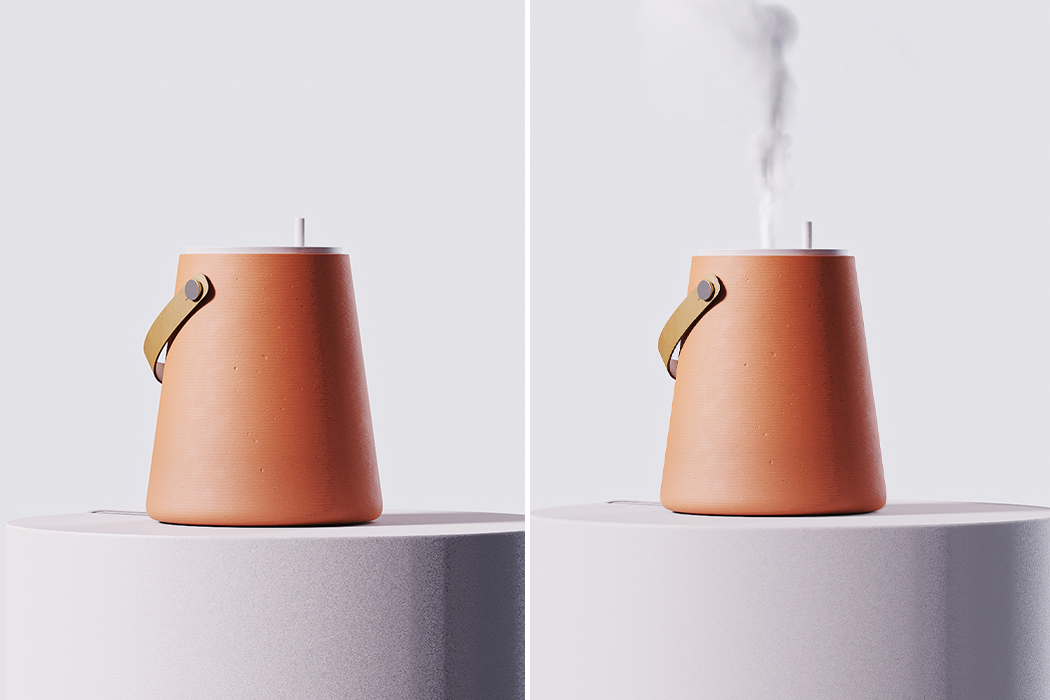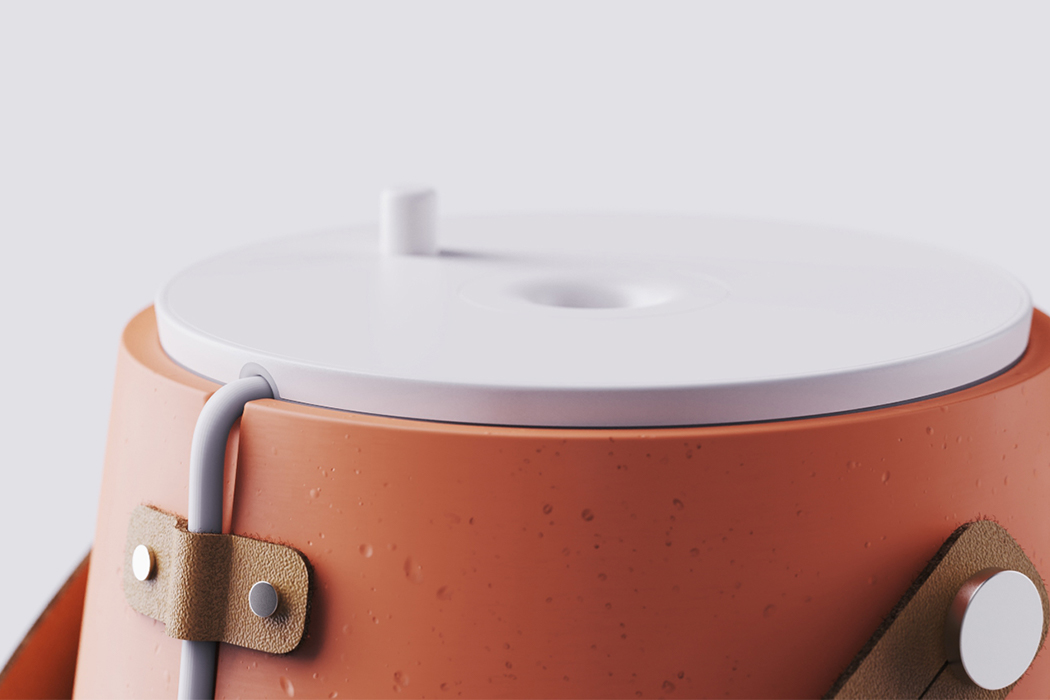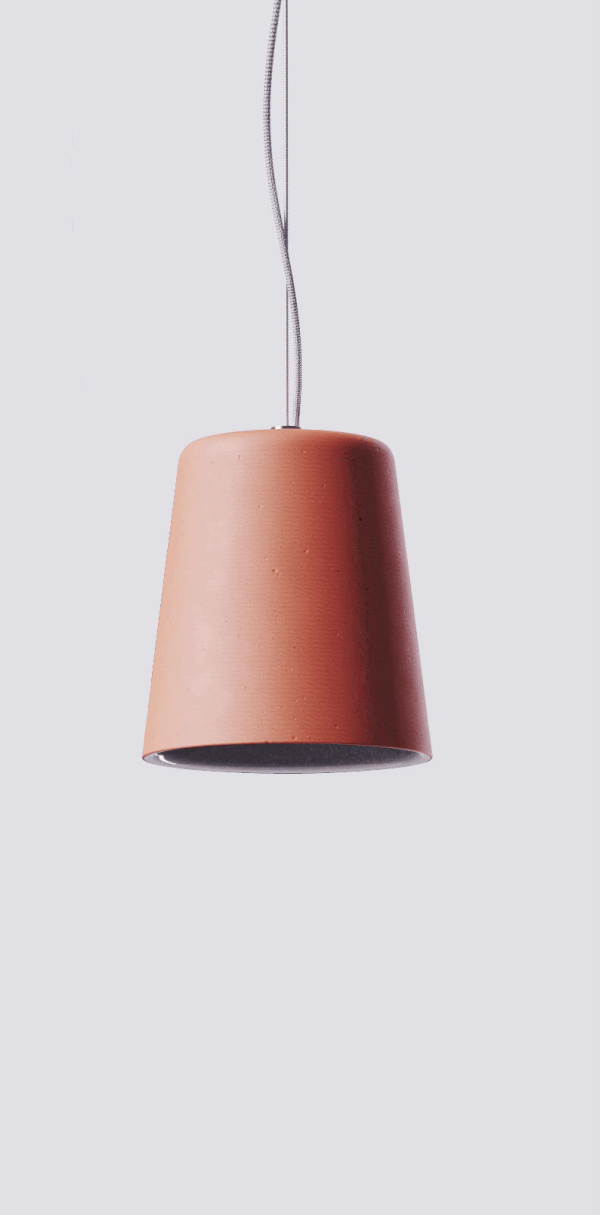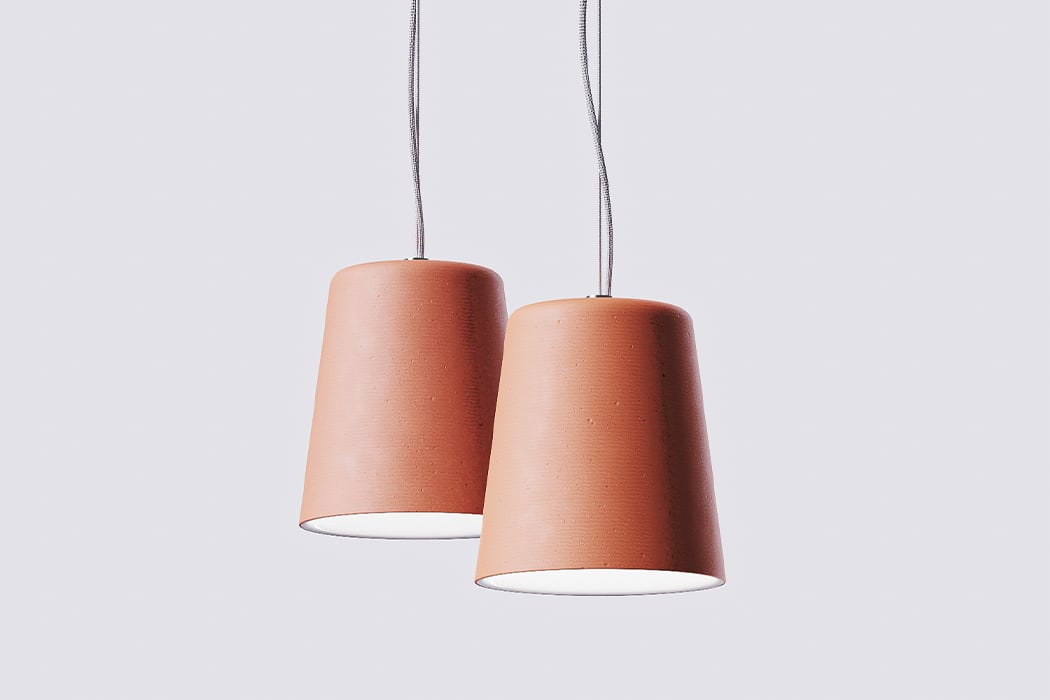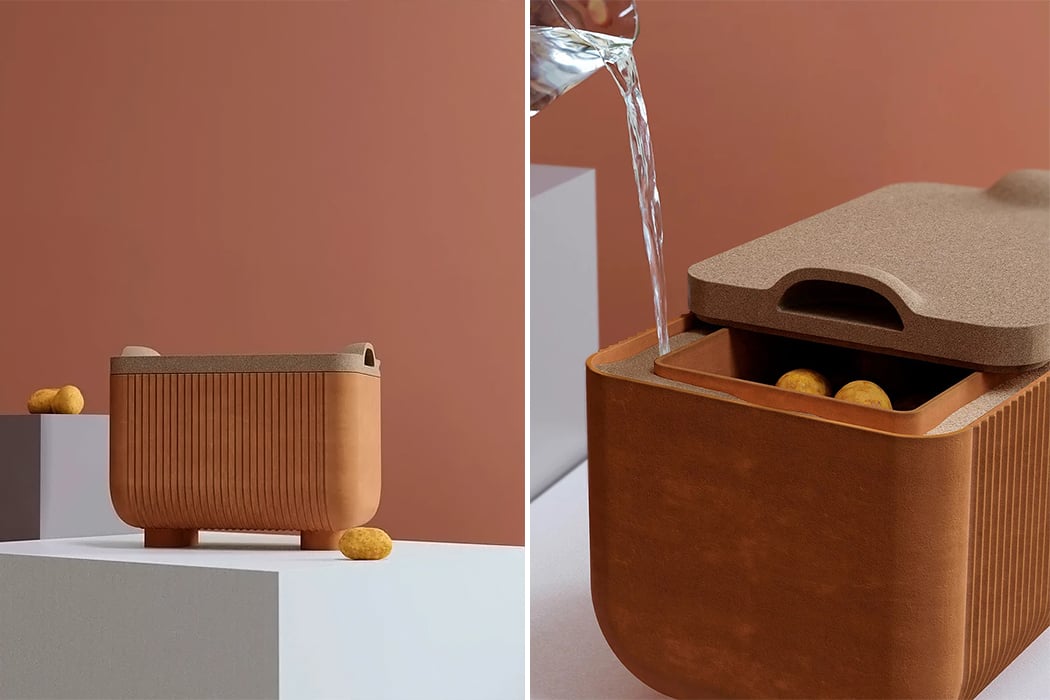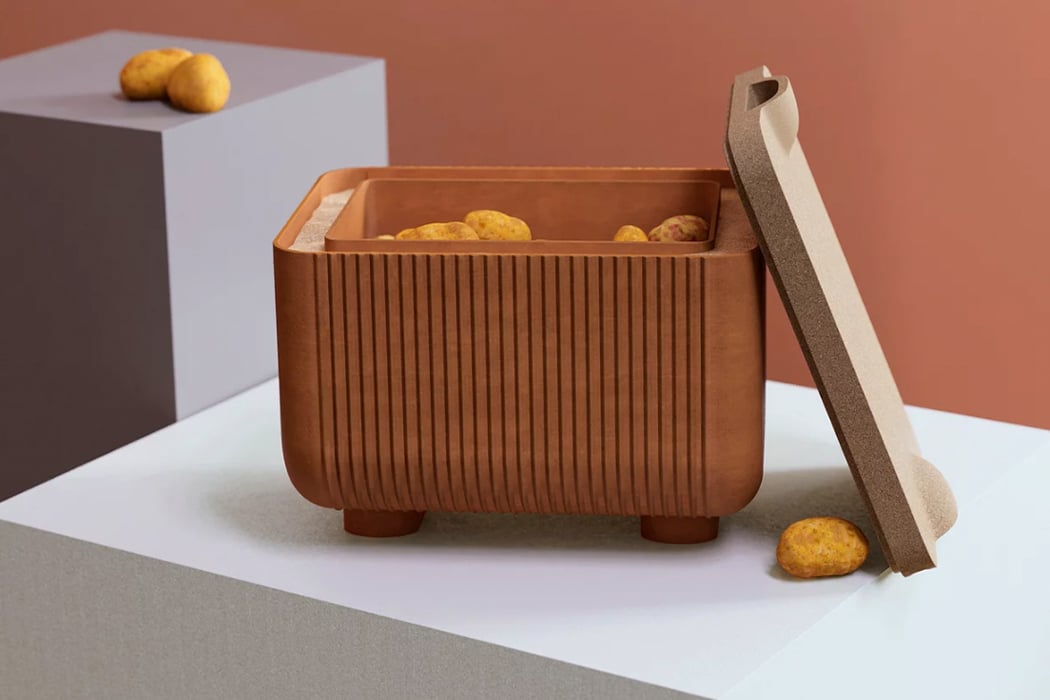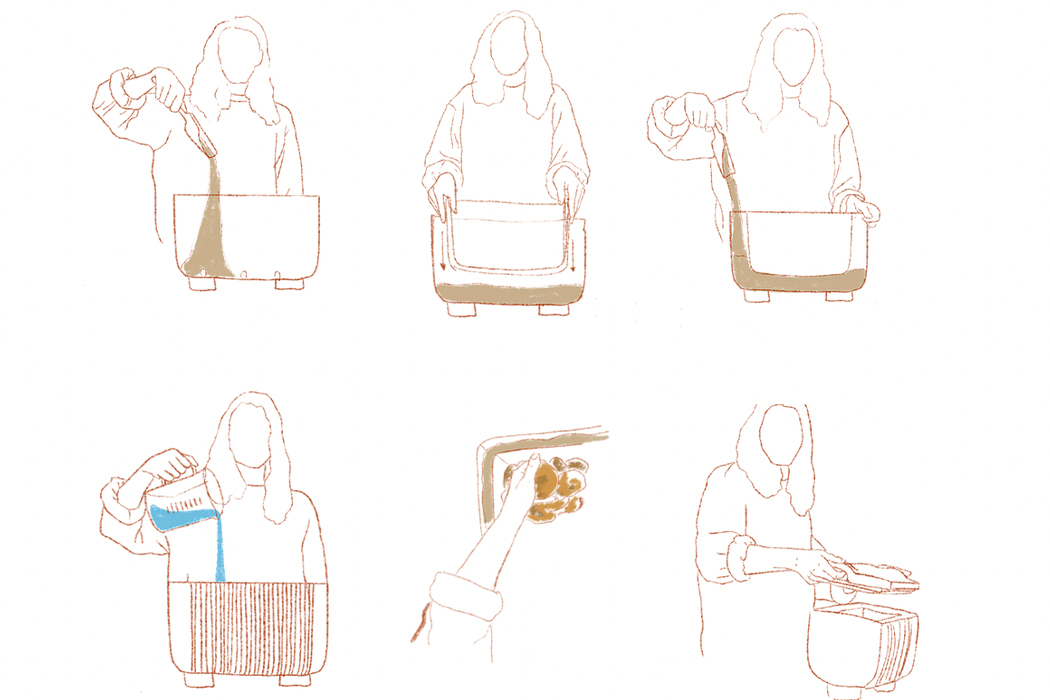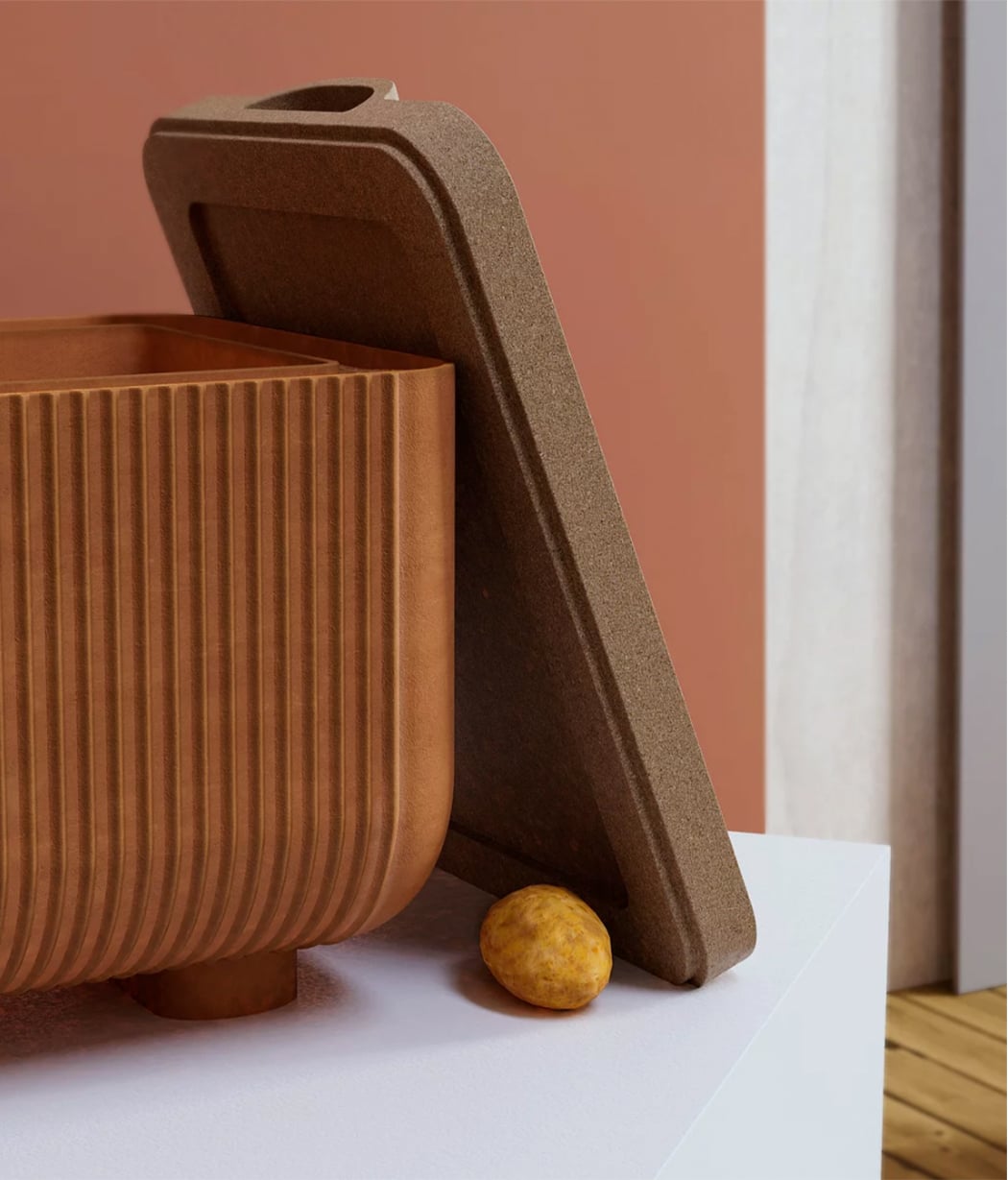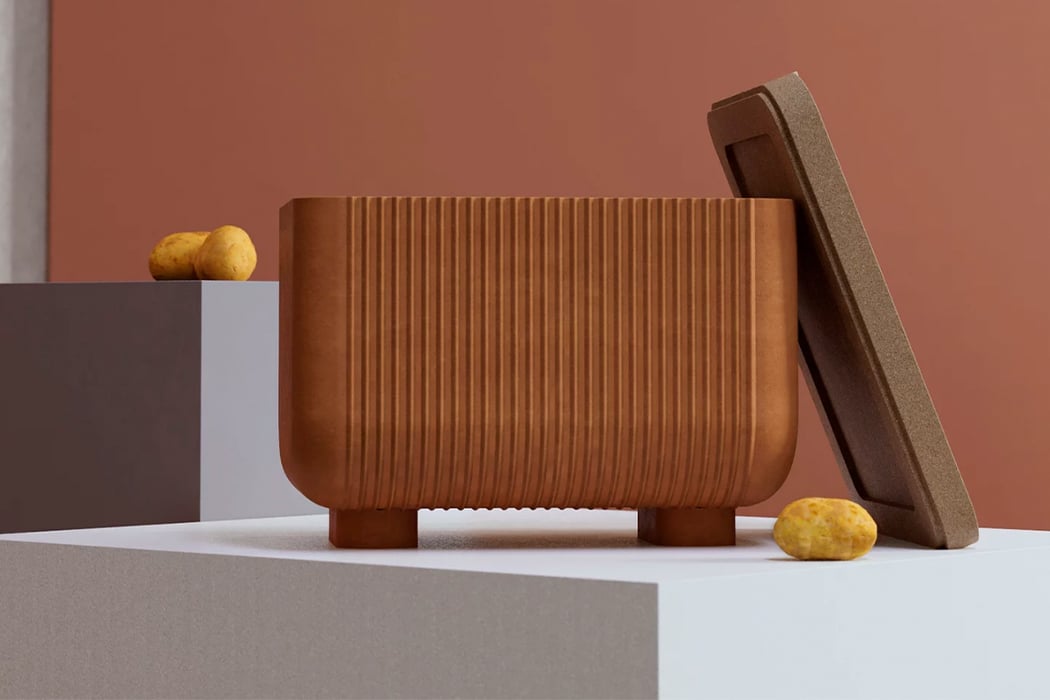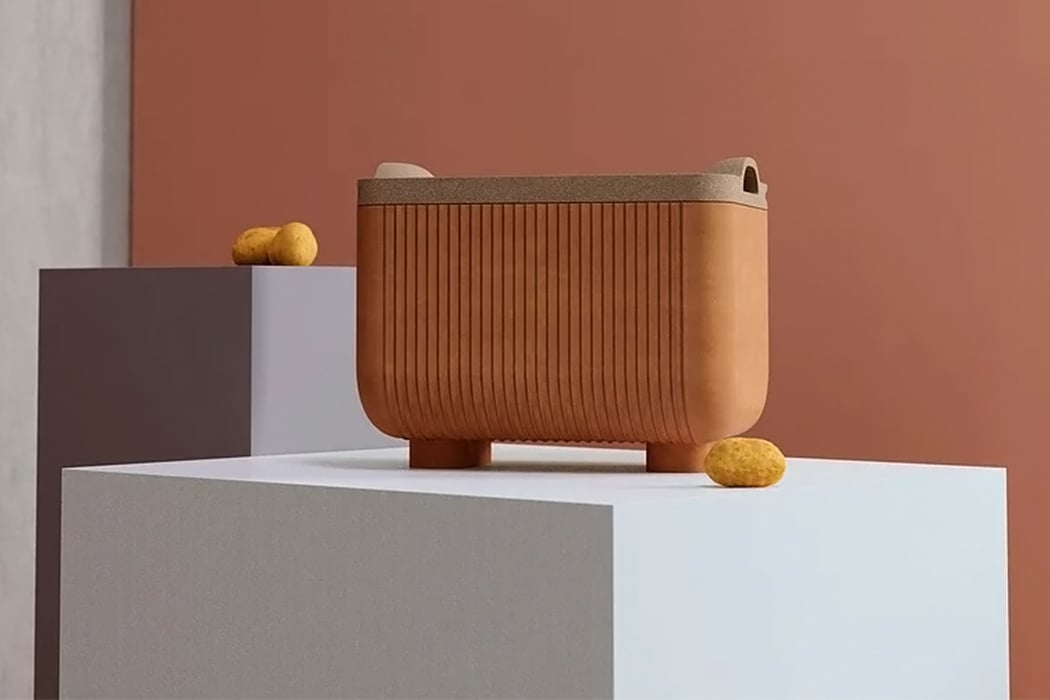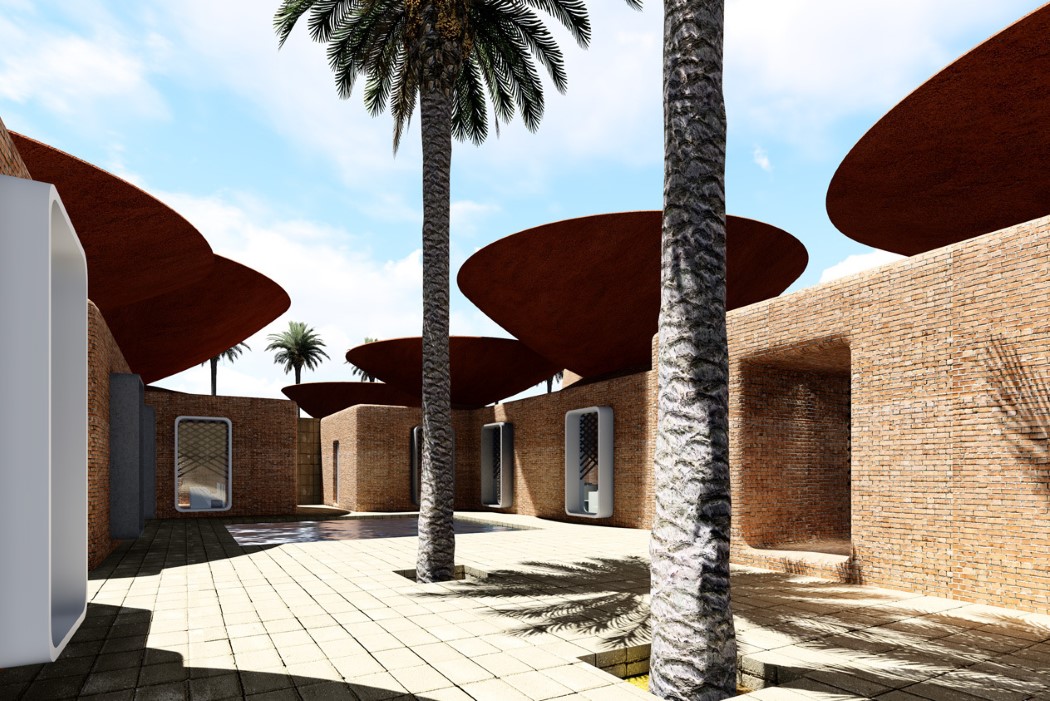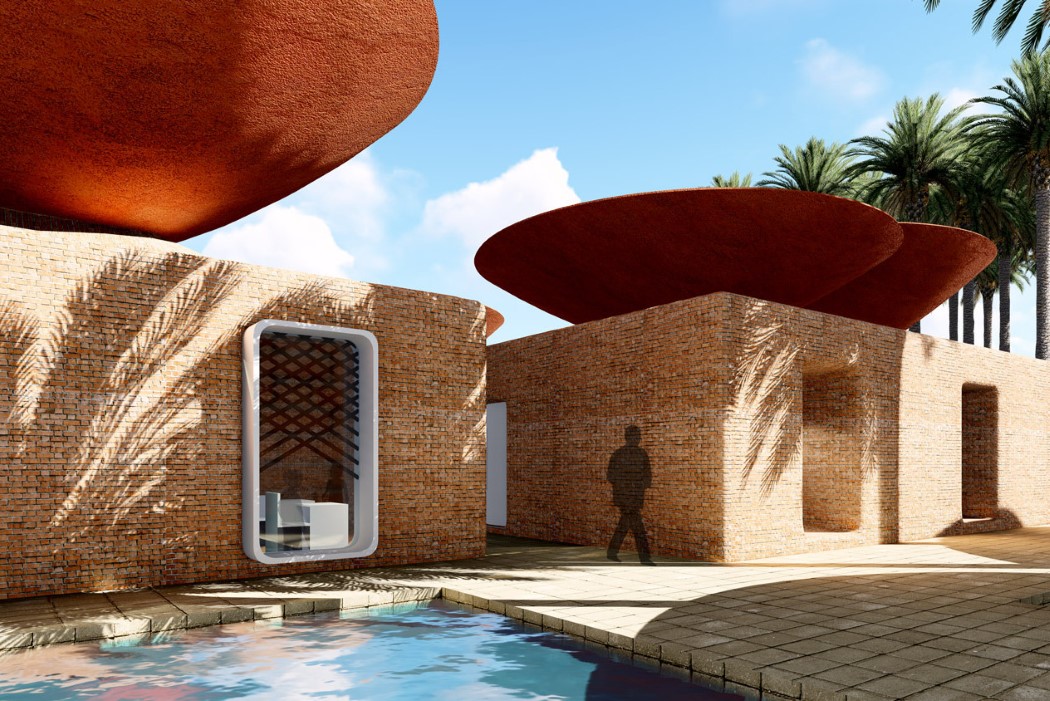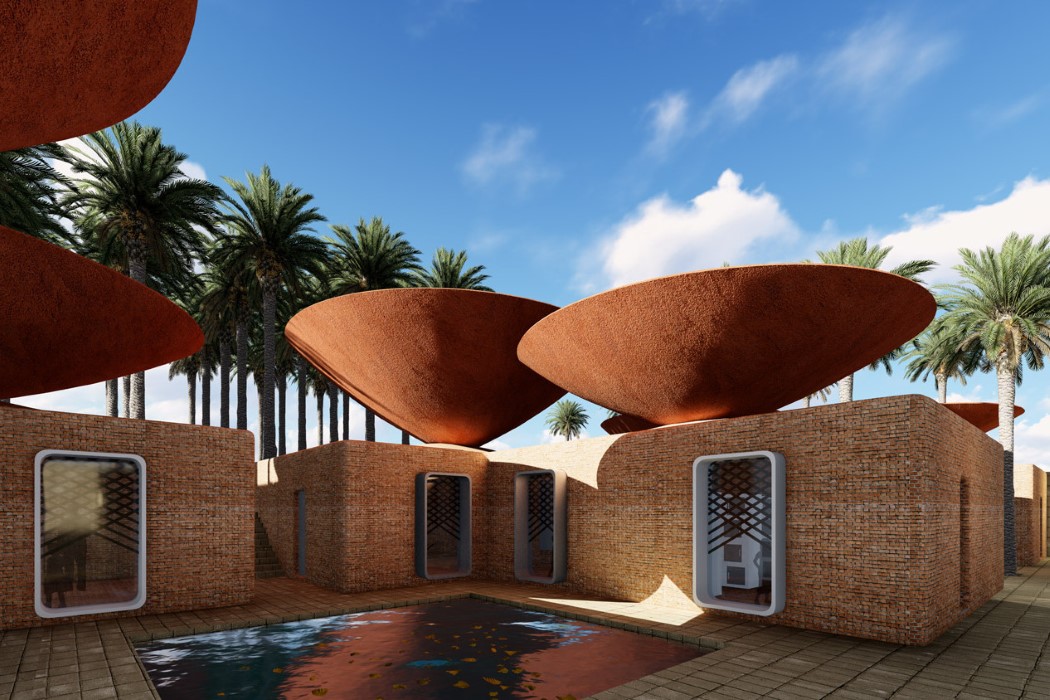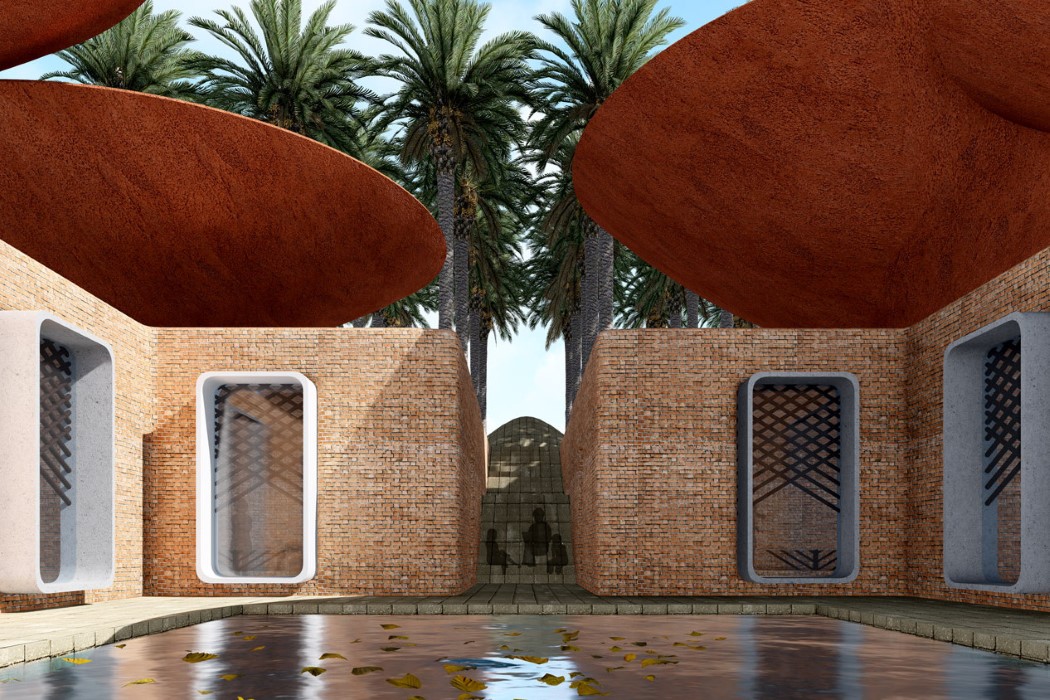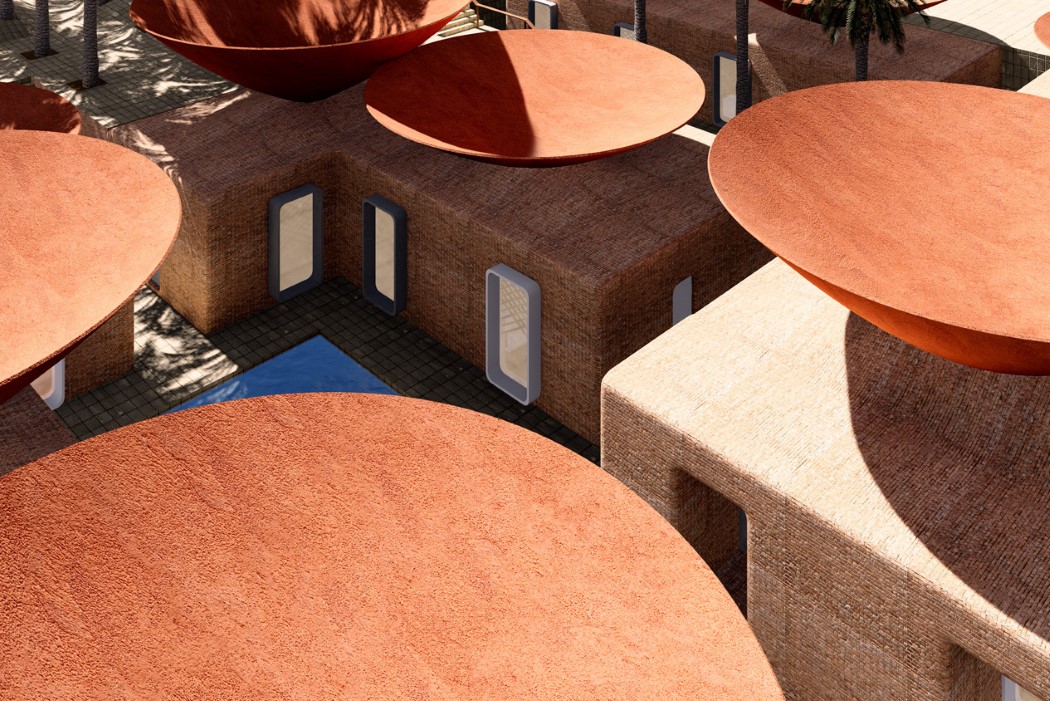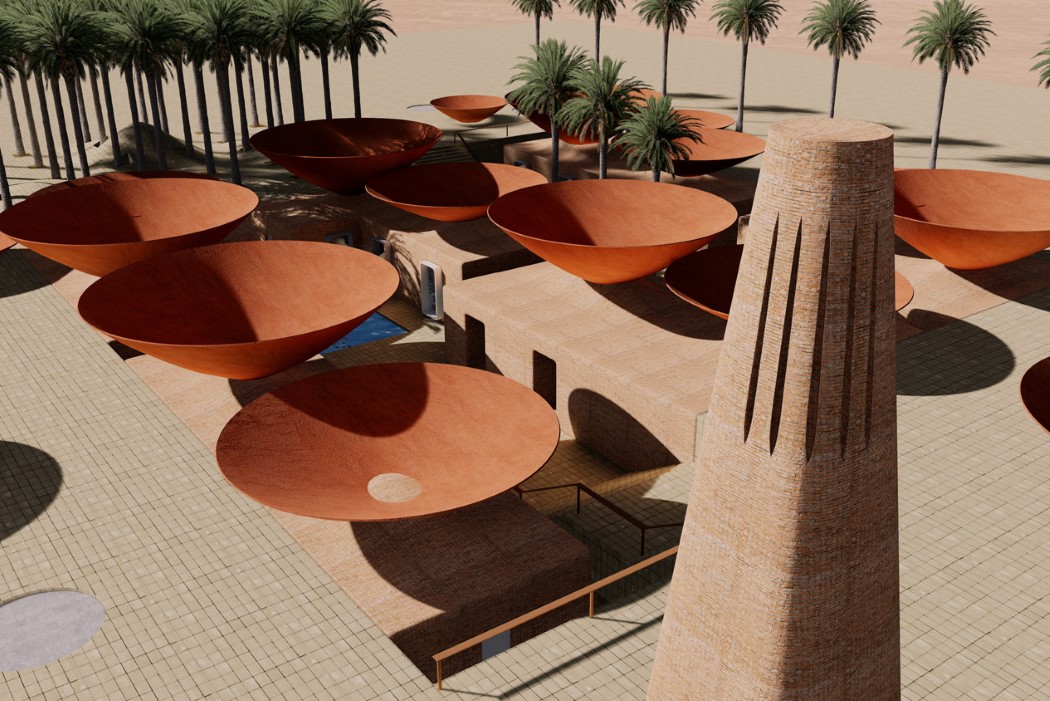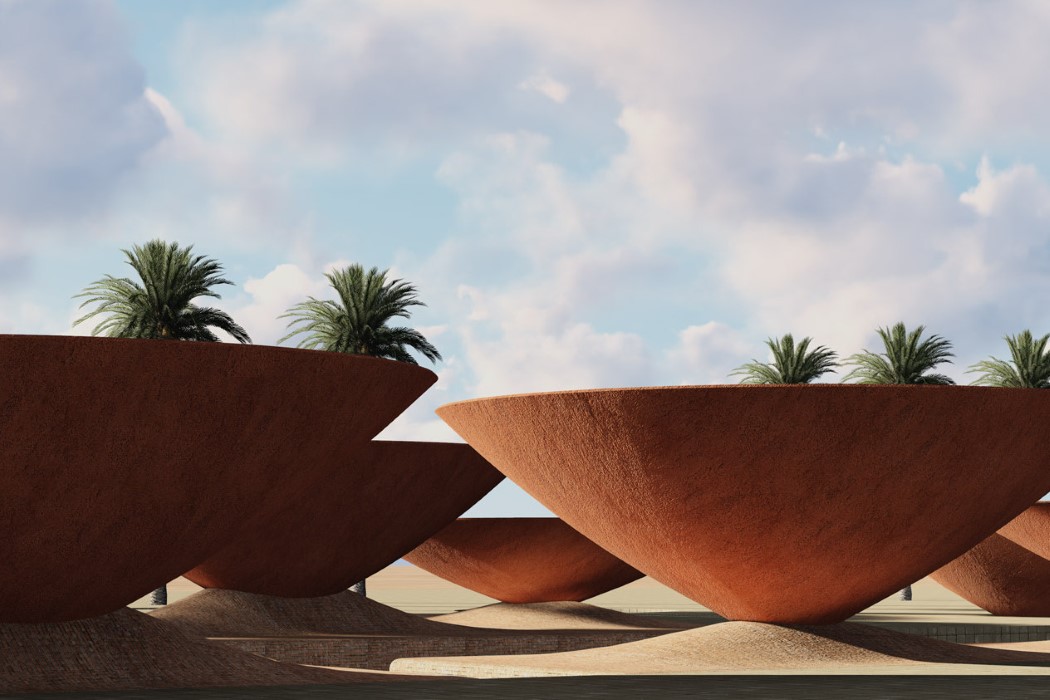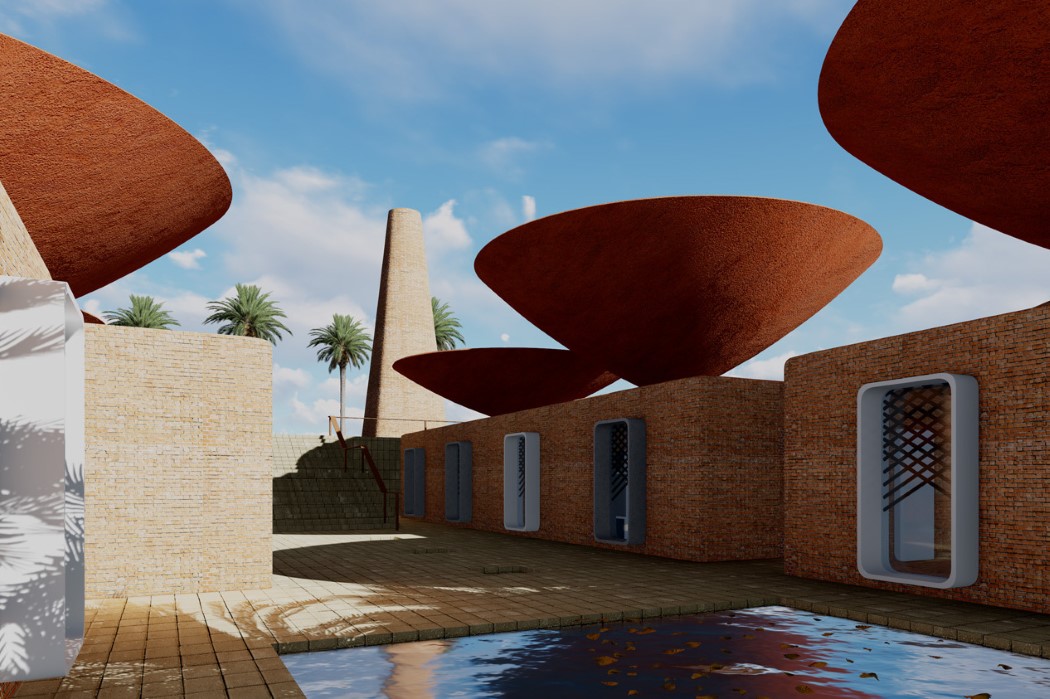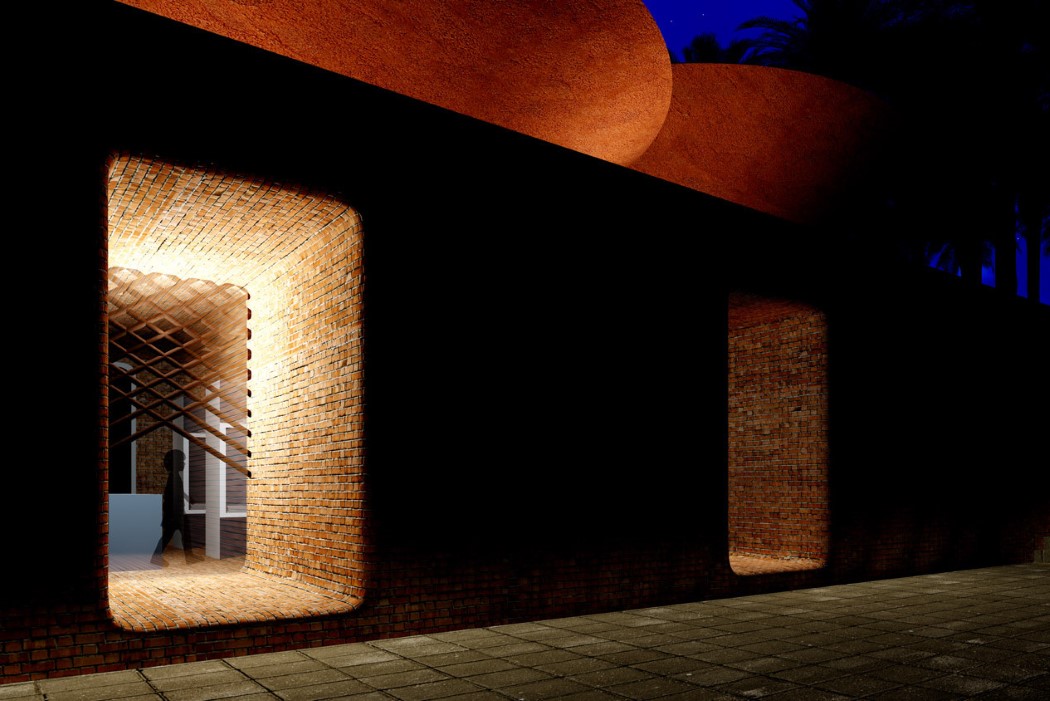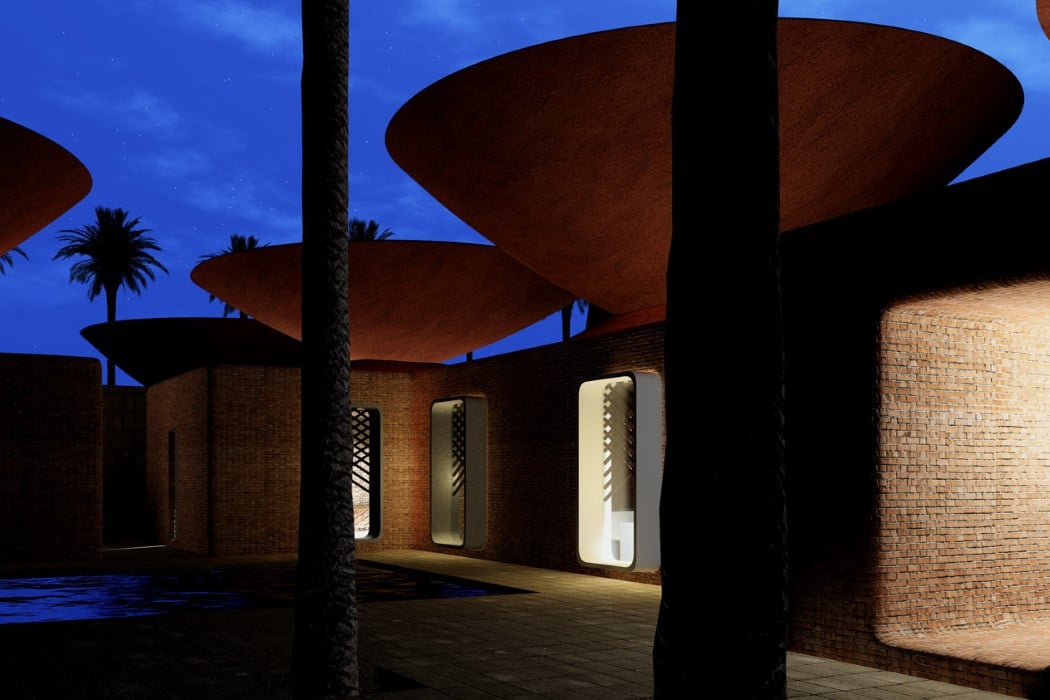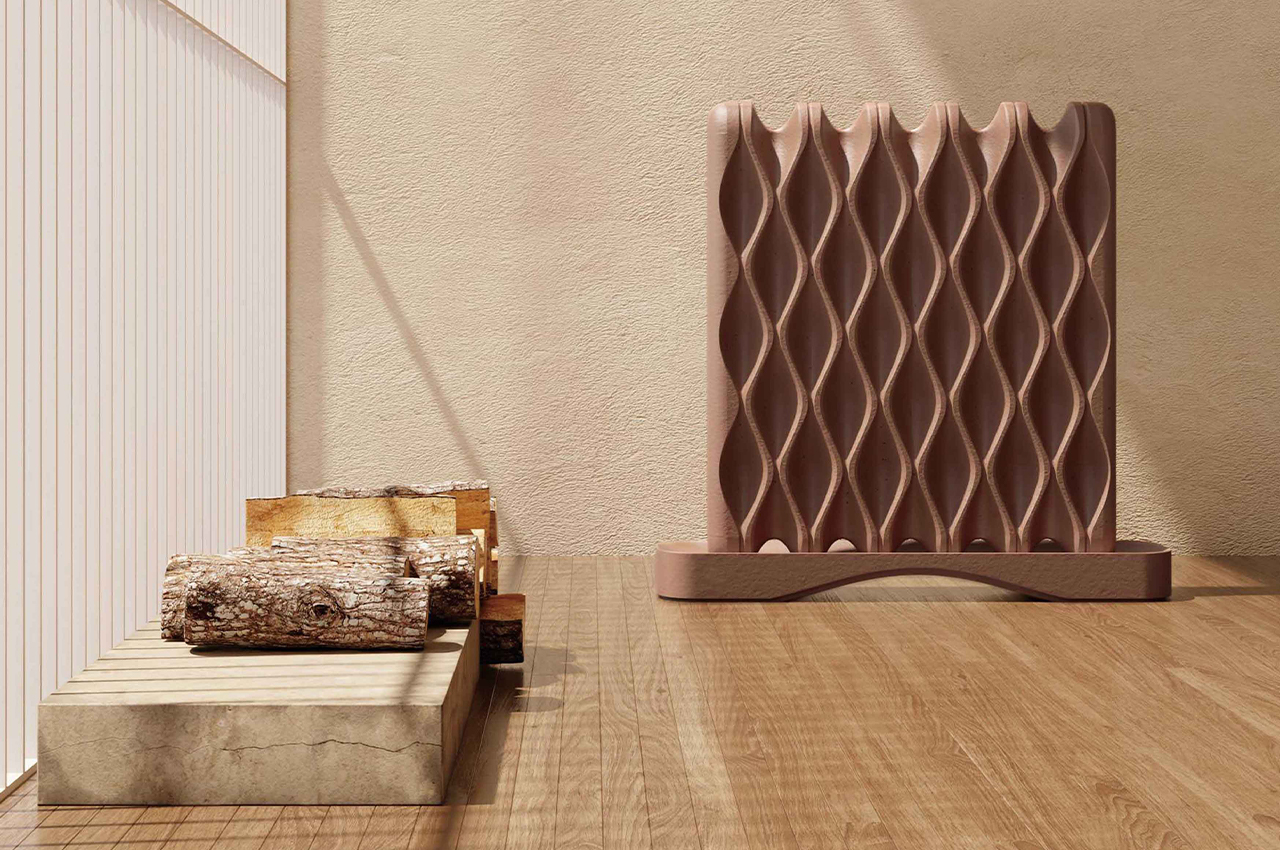
The Coarse Pottery Air-Humidifier uses terracotta to function as a sustainable alternative to electric air humidifiers by employing capillary action to moisten dry interior spaces.
For centuries, terracotta has been sculpted into household appliances that naturally perform cooling, heating, and evaporative methods. Porous by its organic composition, designers typically integrate a form of capillary action into their products for terracotta to execute forms of vaporization and cooling distribution. A group of students from Guangzhou Academy of Fine Arts teamed up with some designers from Shenzhen Changsen Trading Company to produce an air humidifier from clay that doesn’t require any electricity for operation.
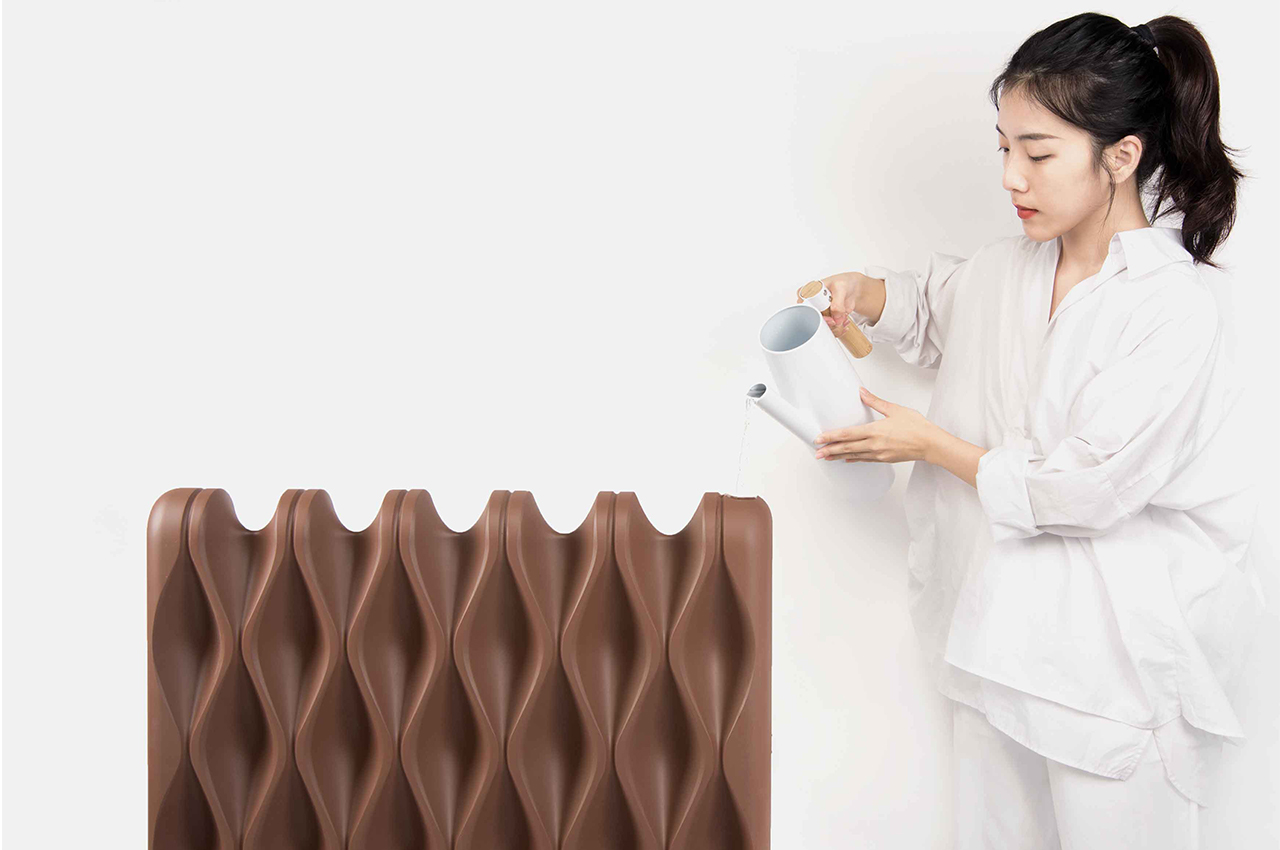
Led by Haibo Hou, the team of student designers produced the Coarse Pottery Air-Humidifier as a sustainable alternative to electric air humidifiers. Designed to moisten dry interior spaces, the Coarse Pottery Air-Humidifier almost appears like a radiator made from clay. The air humidifier is made from a type of pottery that contains just the right amount of porosity and moisture absorption qualities. By adding water to the Coarse Pottery Air-Humidifier’s basin, the droplets will gradually rise and evaporate through tiny cavities located near the Coarse Pottery Air-Humidifier’s top. As the water rises, the interior space’s air is moistened with small water droplets. The corrugated body of the Coarse Pottery Air-Humidifier creates a wavelike form that alludes to its natural evaporative function.
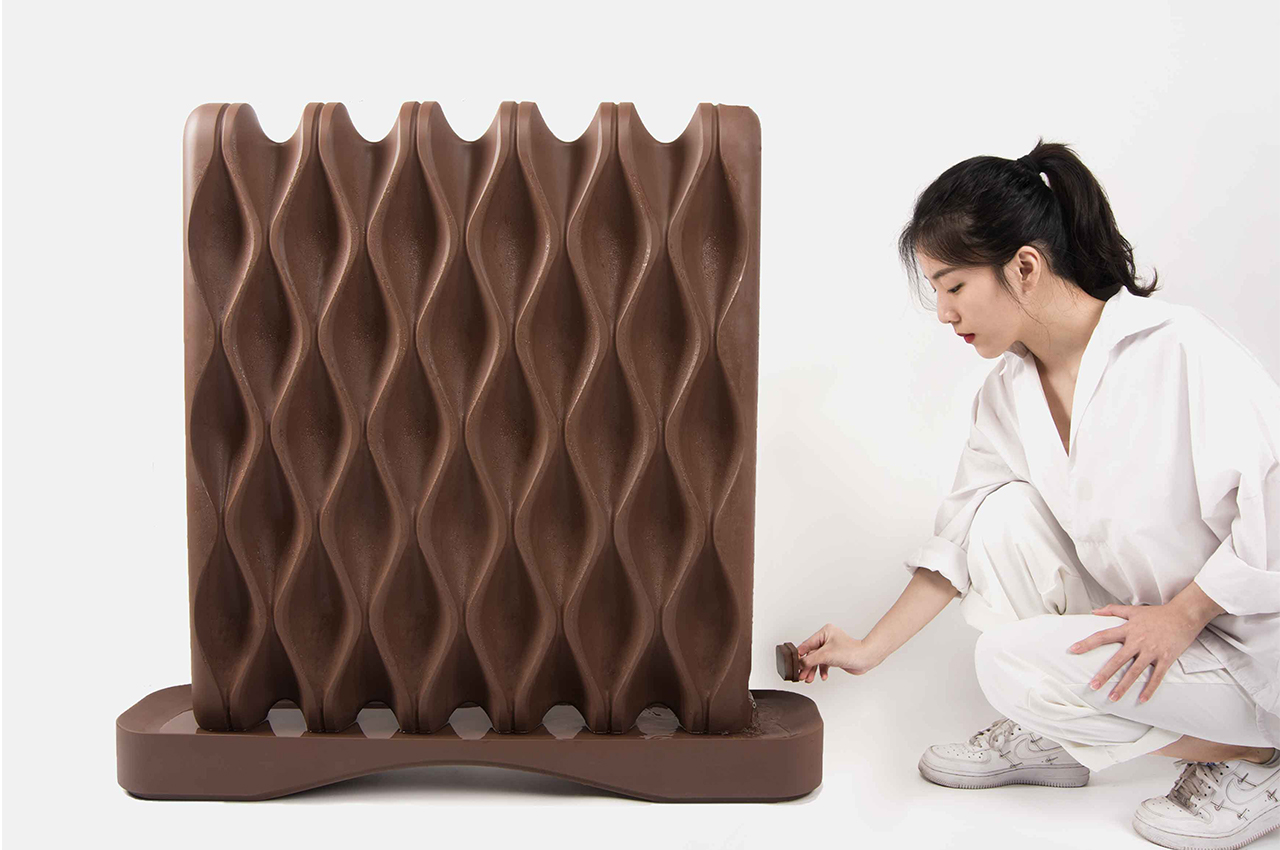
Recognized by Red Dot, the Coarse Pottery Air-Humidifier was chosen as a design winner in 2021 for its use of sustainable material and general practicality. Speaking on the product’s aesthetic and functional design elements, the team says, “Its beautiful and rhythmic wave-like surface form can increase the evaporation area of water to moisten the whole indoor environment. On this basis, The Coarse Pottery Air-Humidifier blends in with the tone of culturally rich interiors as an elegant accessory in the interior.”
Designers: Hou Haibo, Feng Jijie, Luo Li, & Yang Ruibing
The post This sustainable humidifier moistens the air in any room by using the natural evaporative qualities of terracotta! first appeared on Yanko Design.
